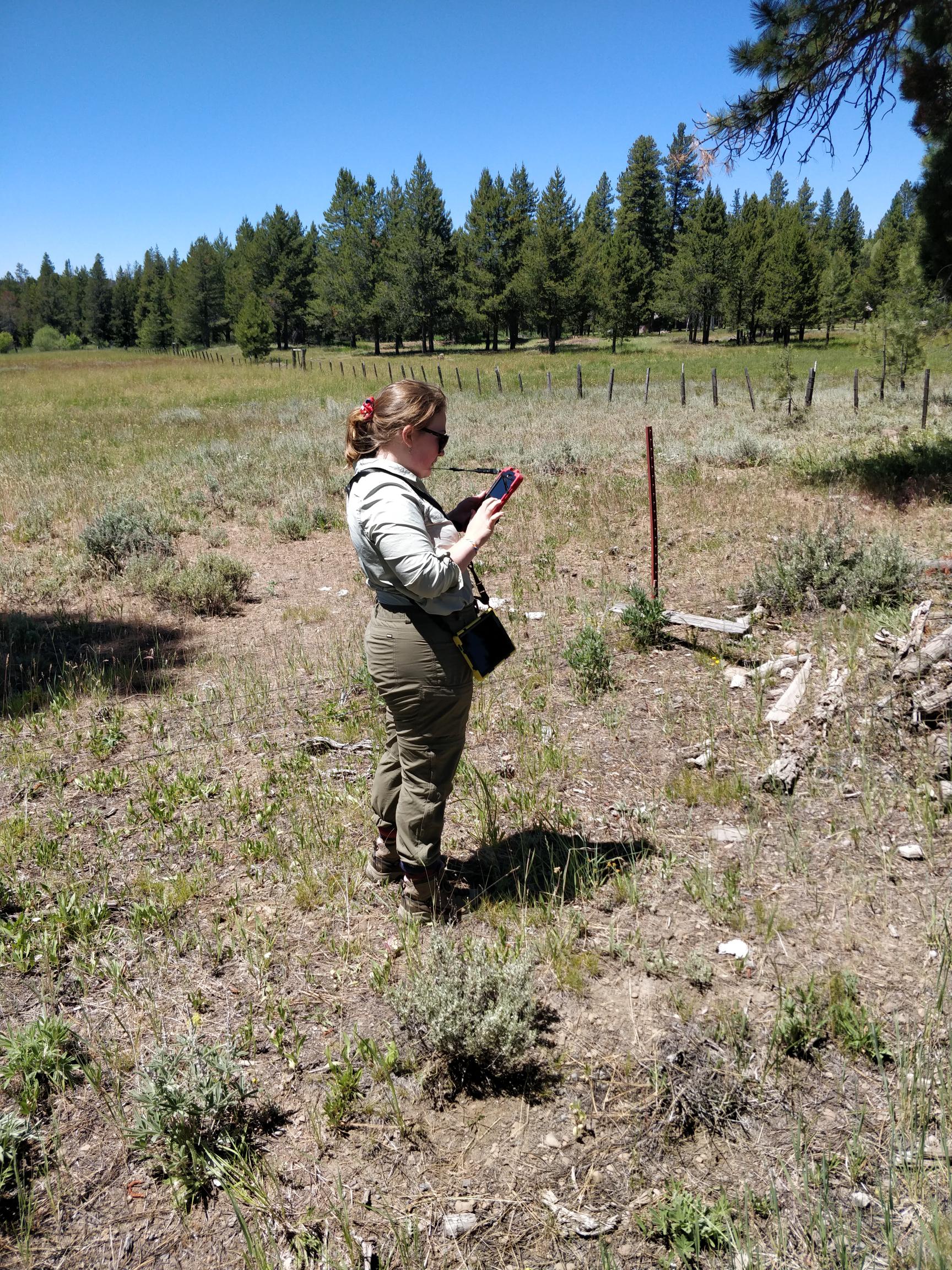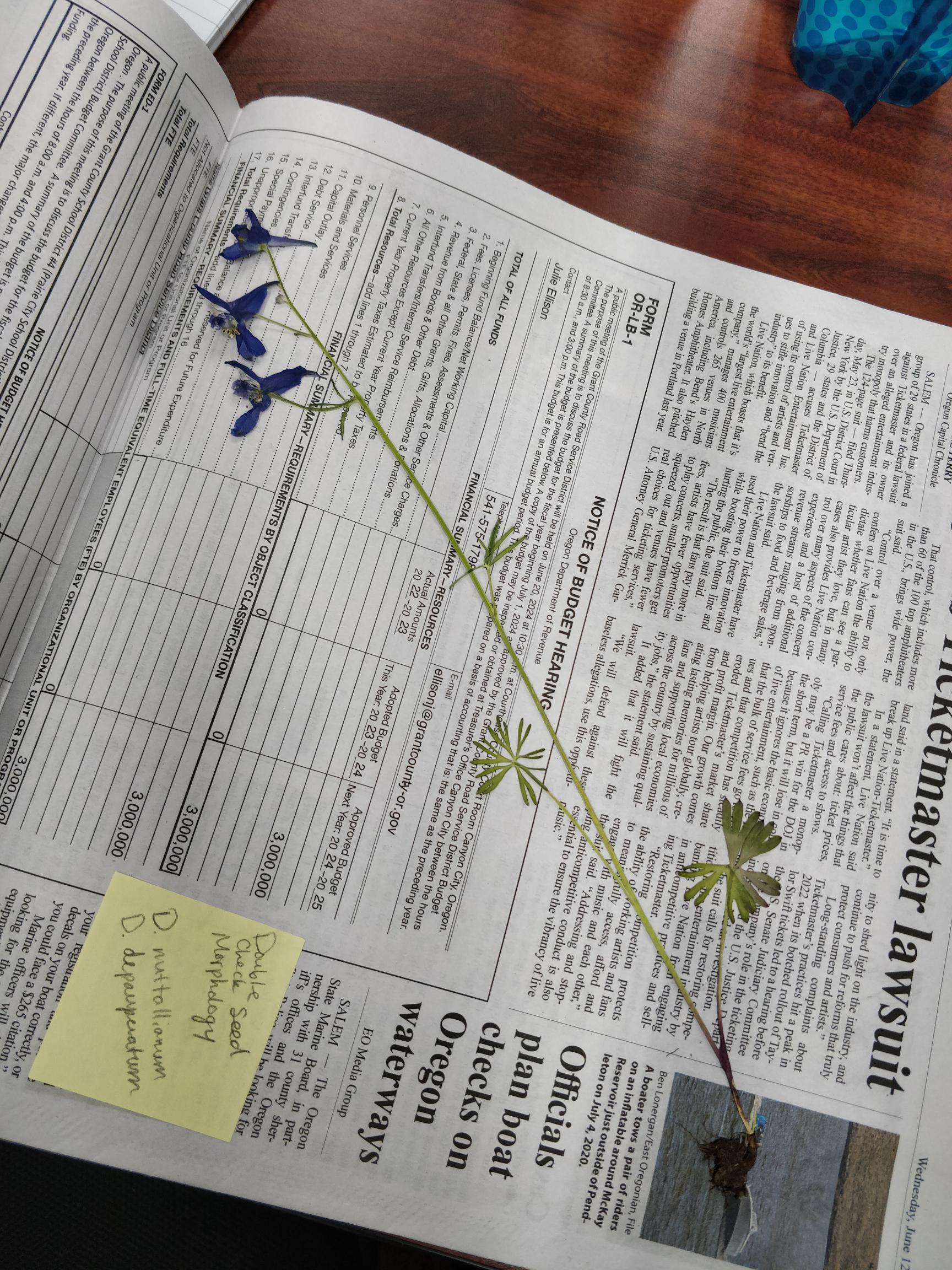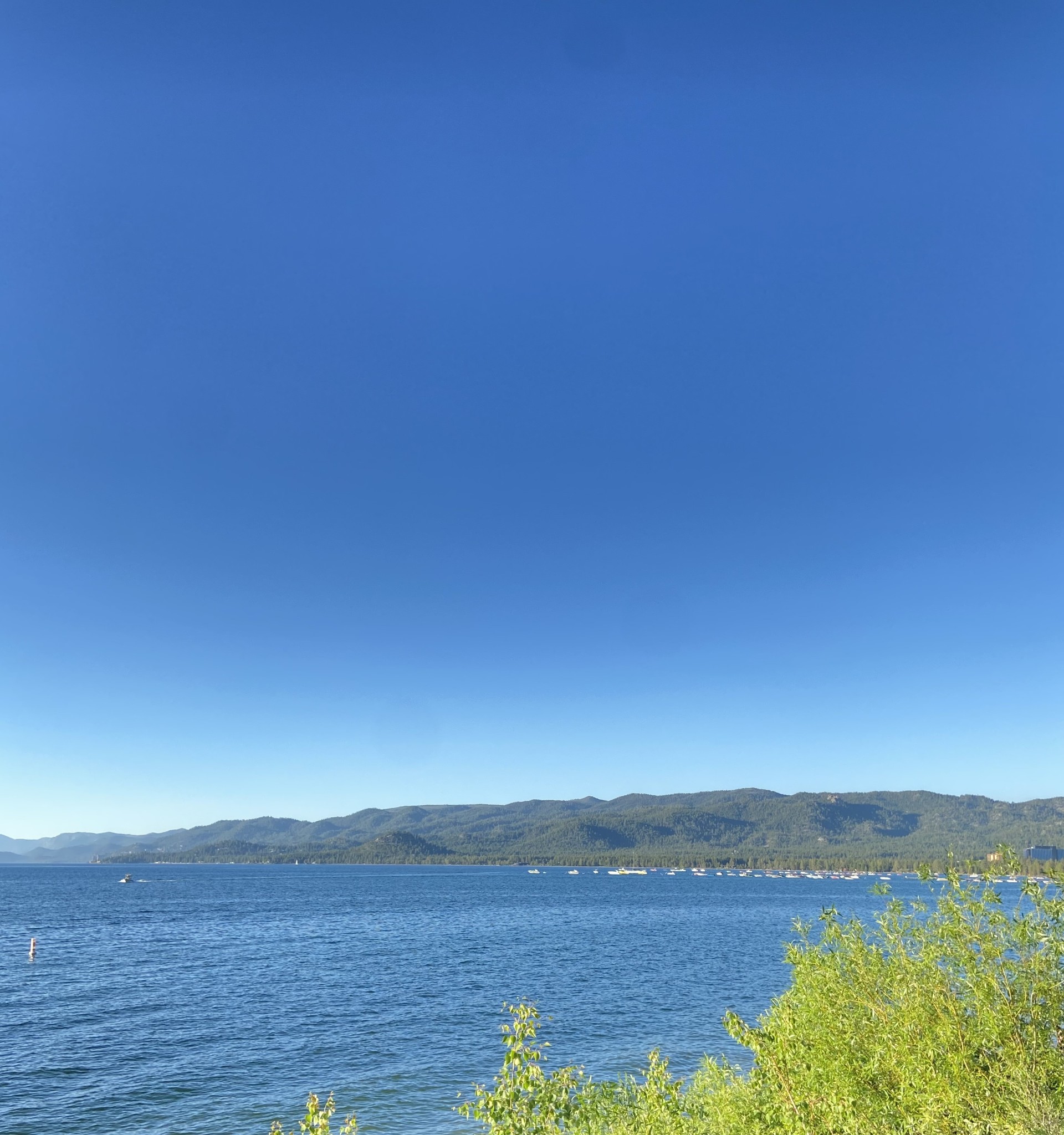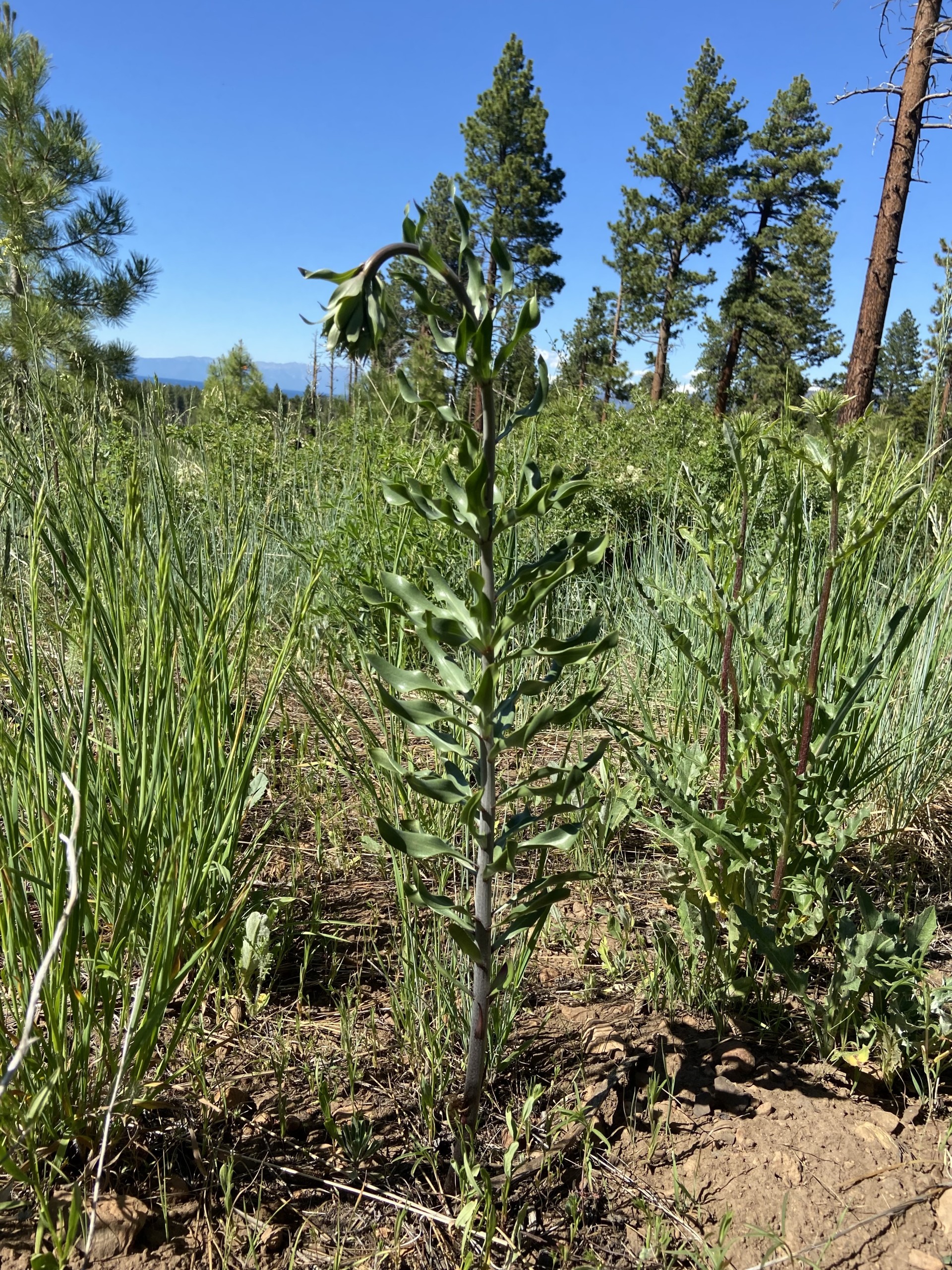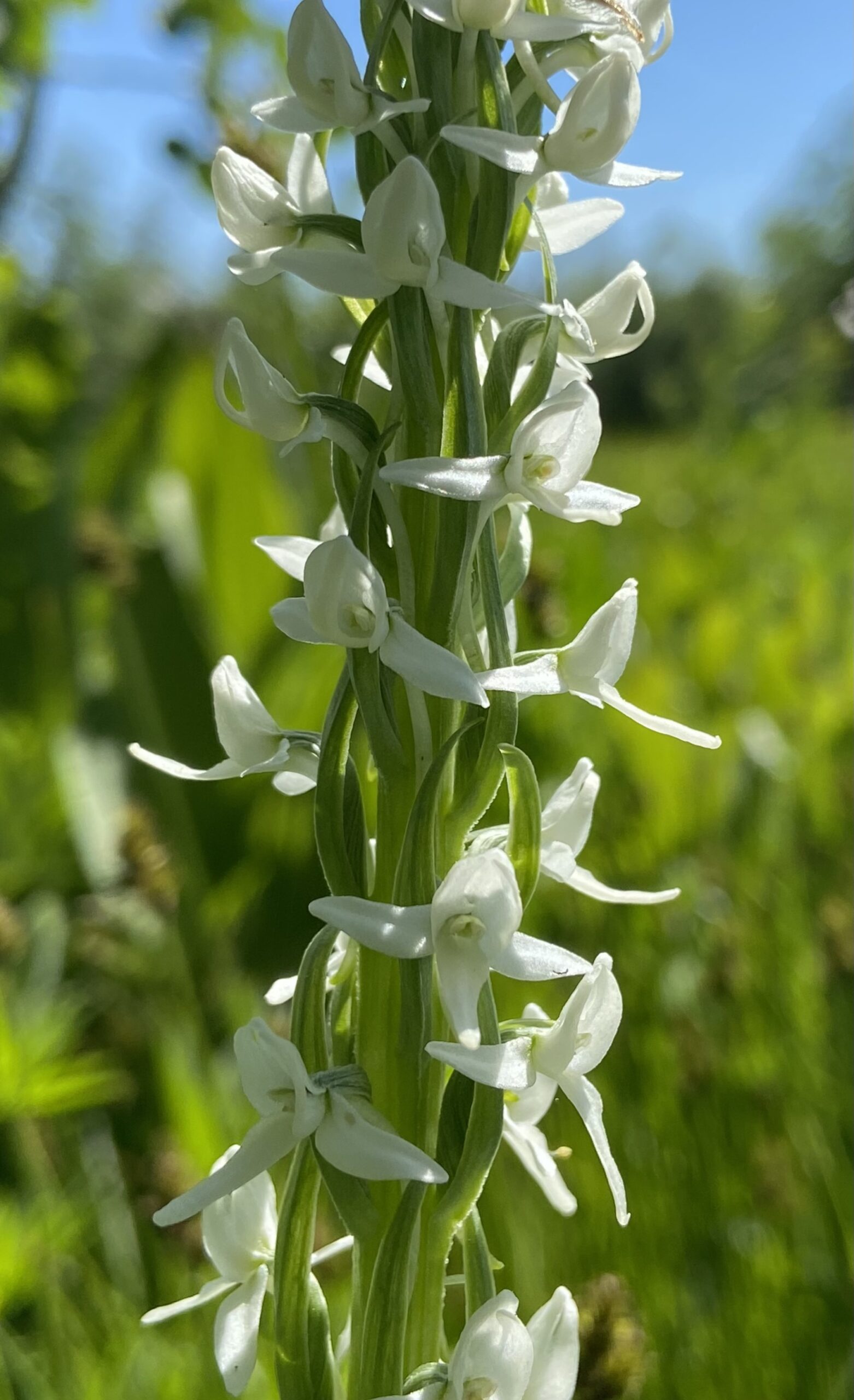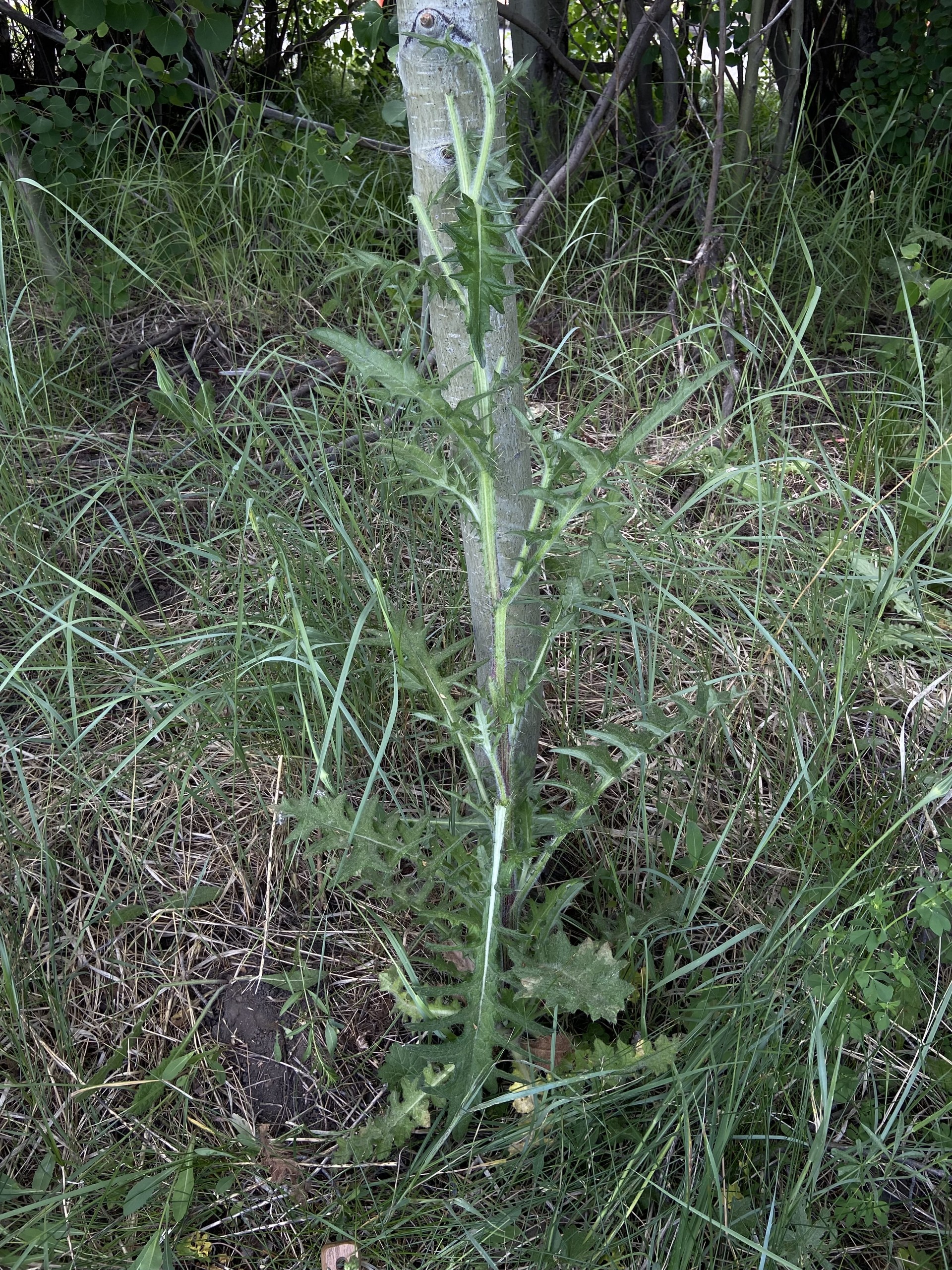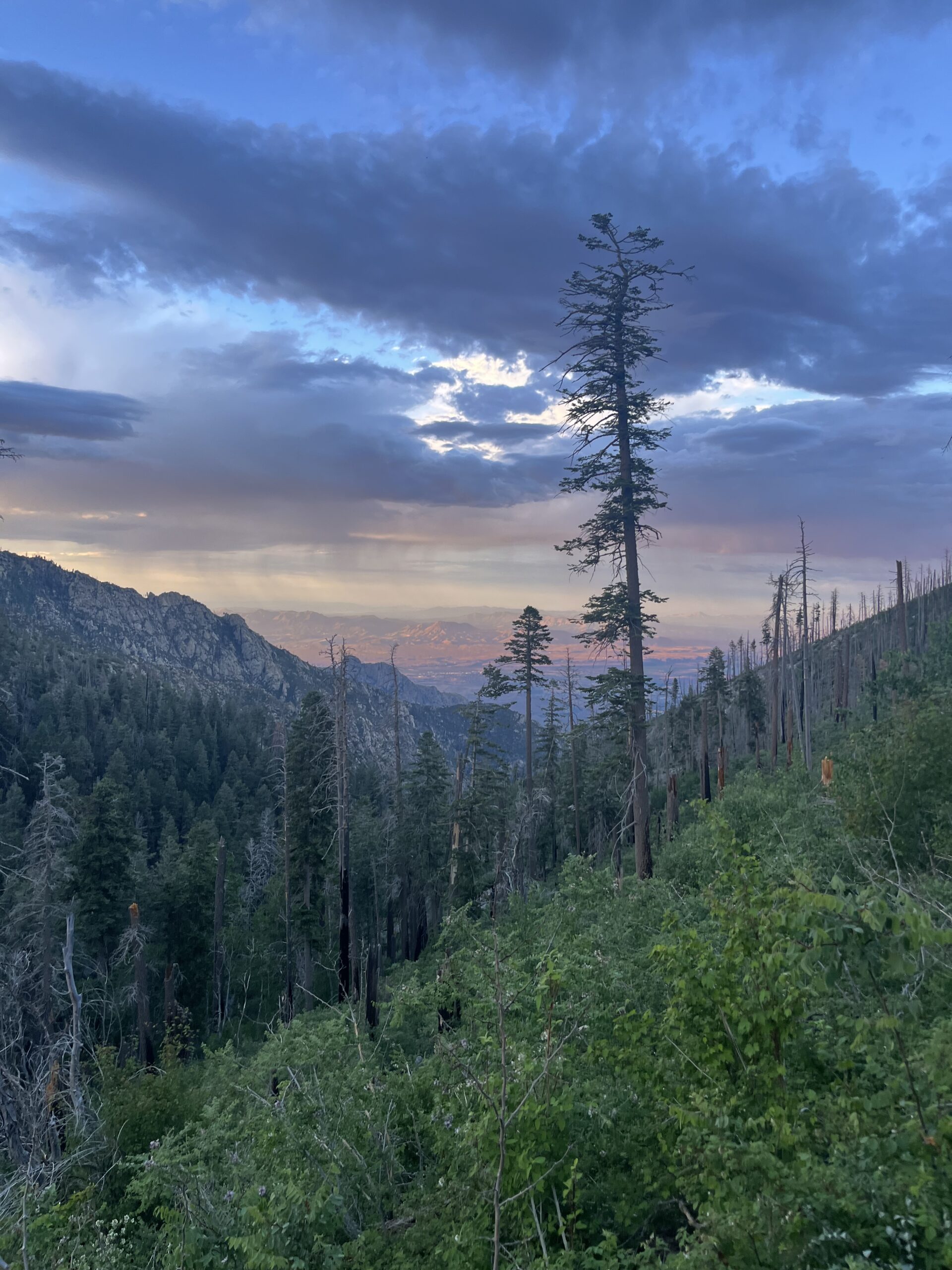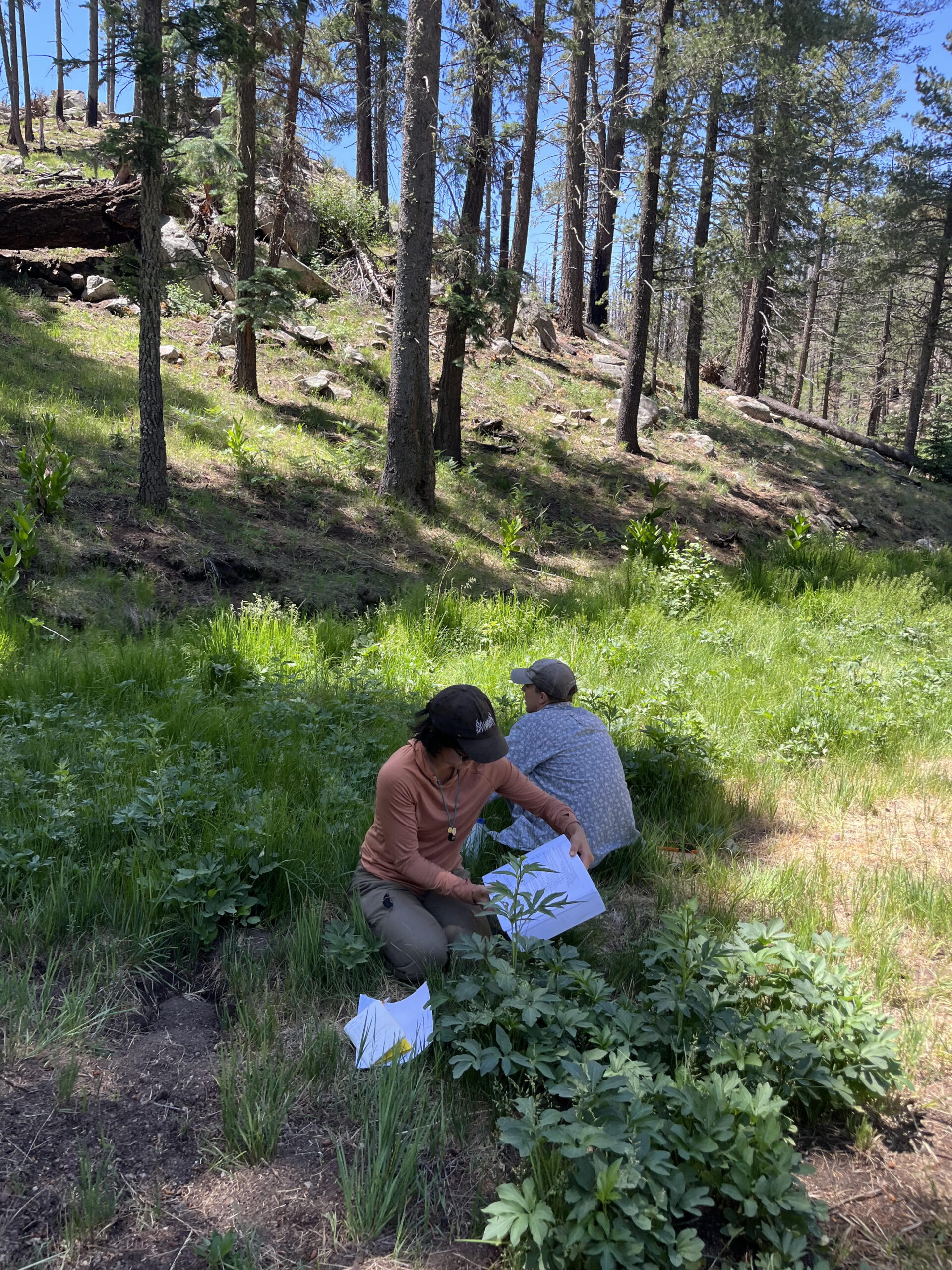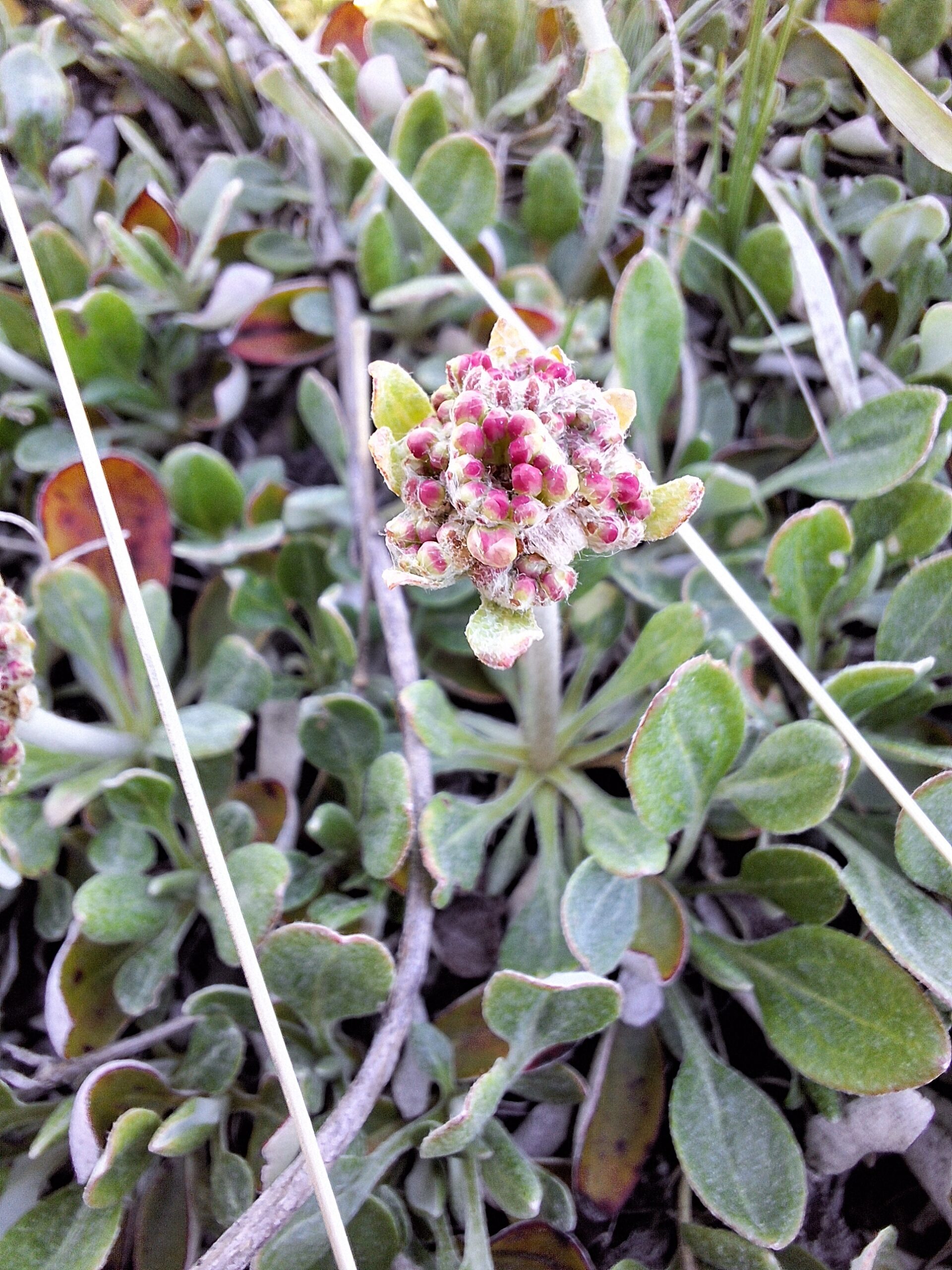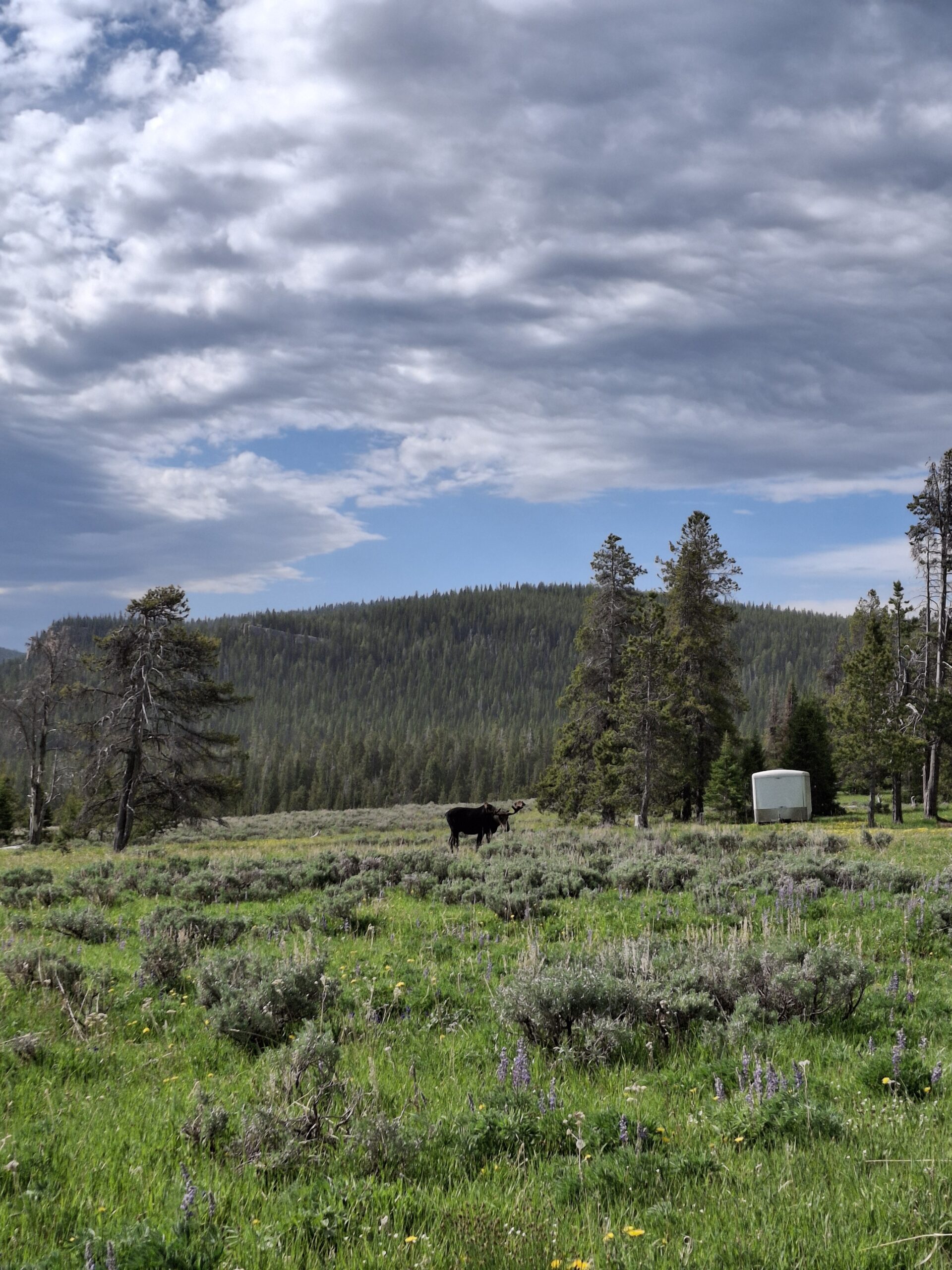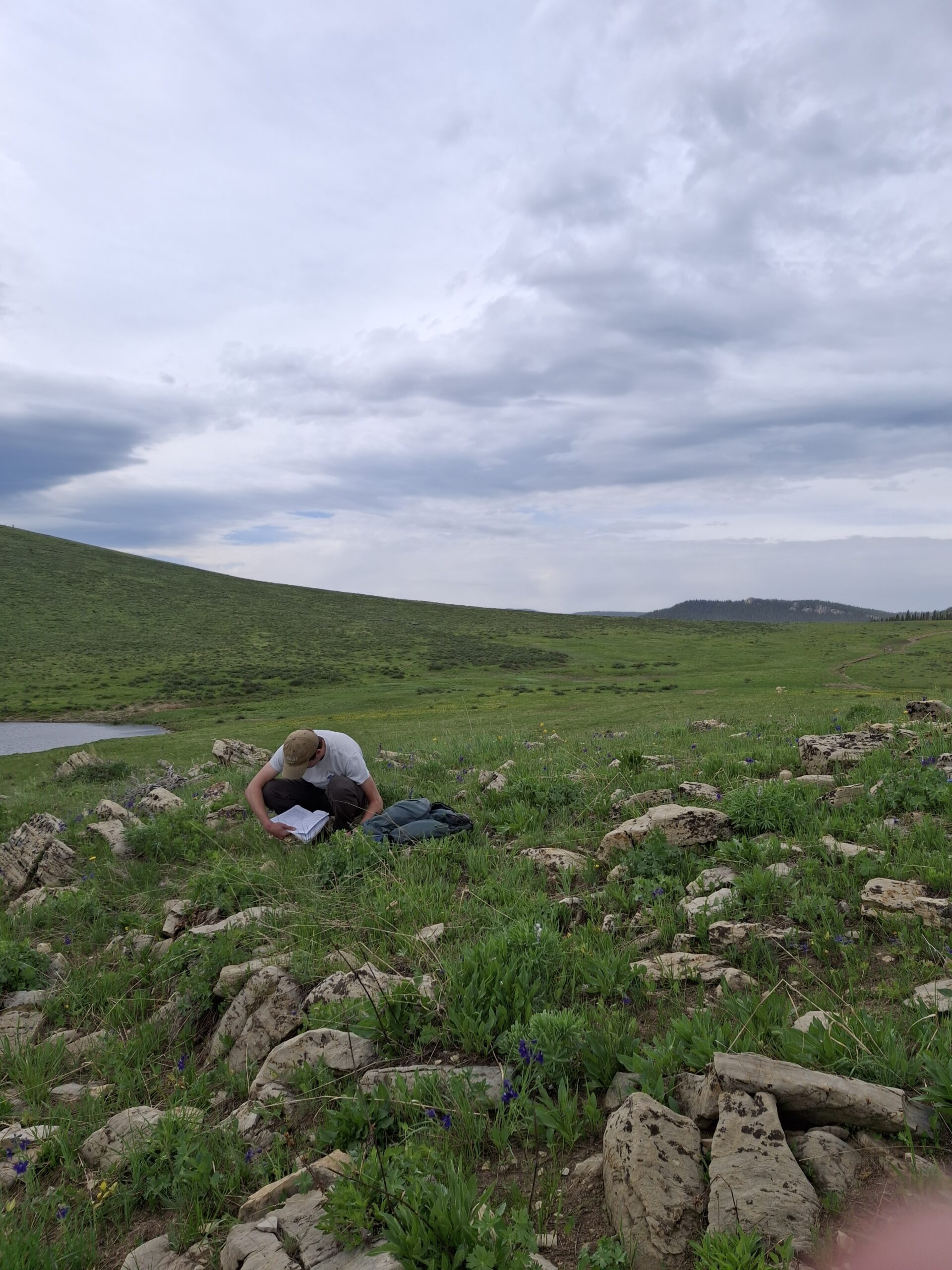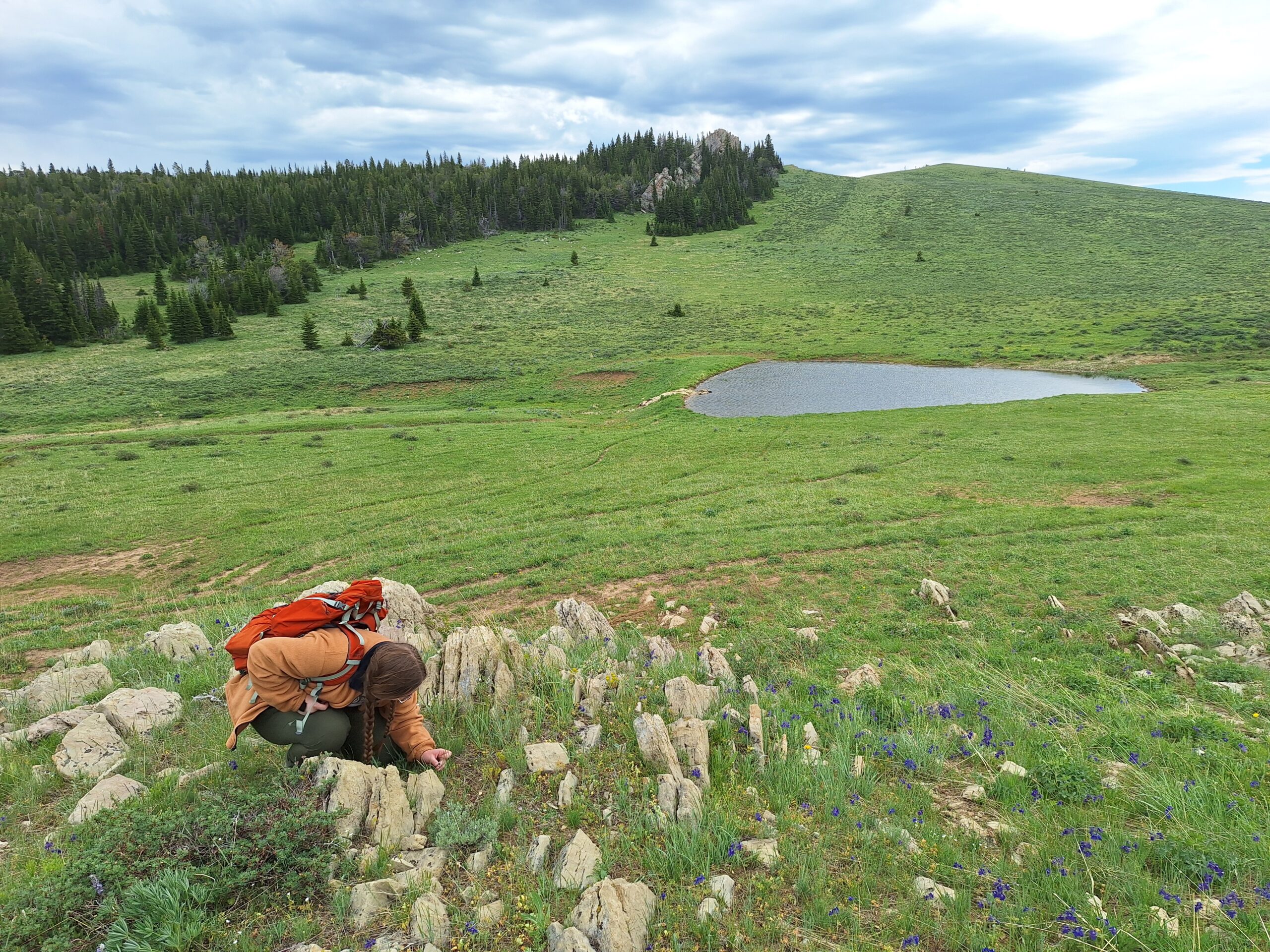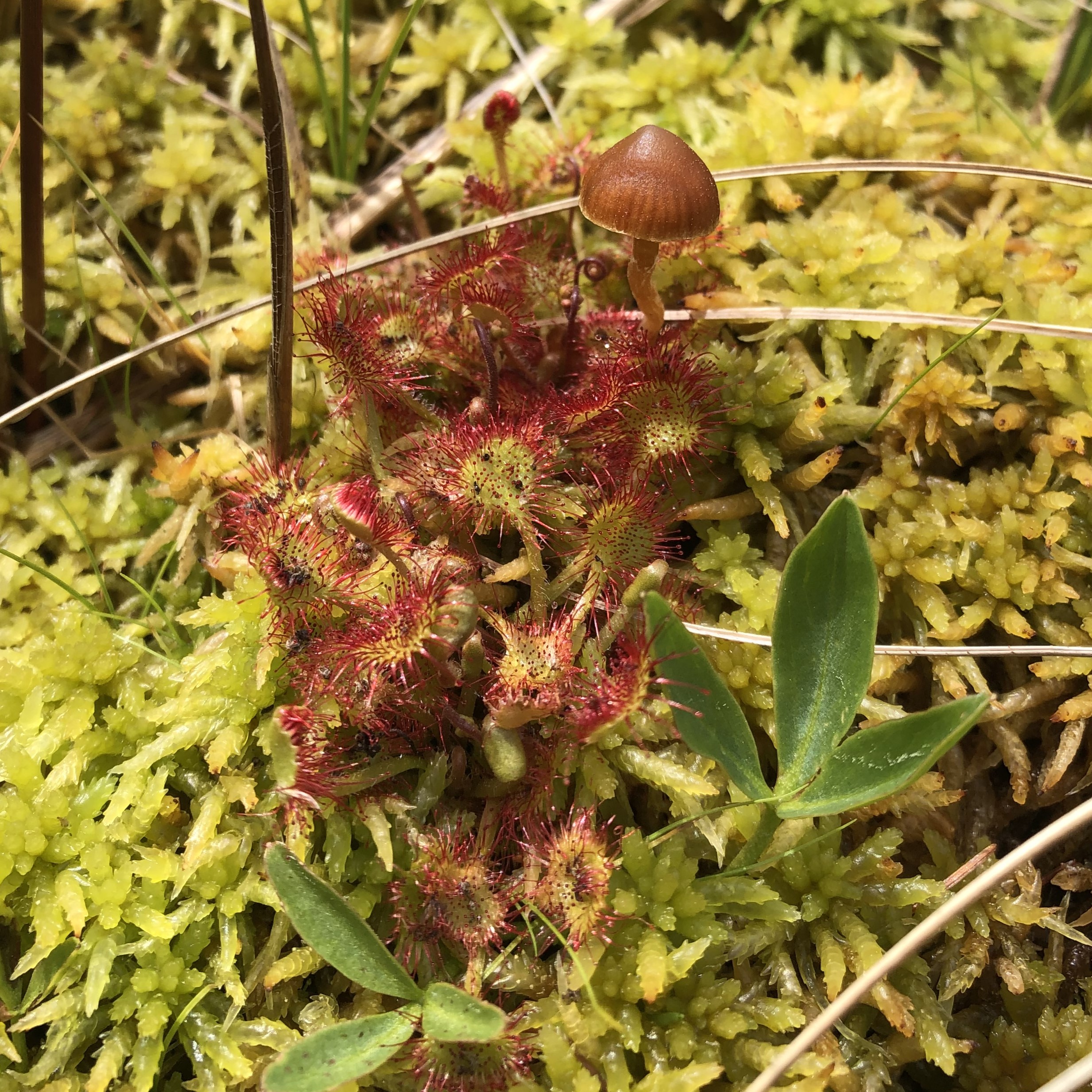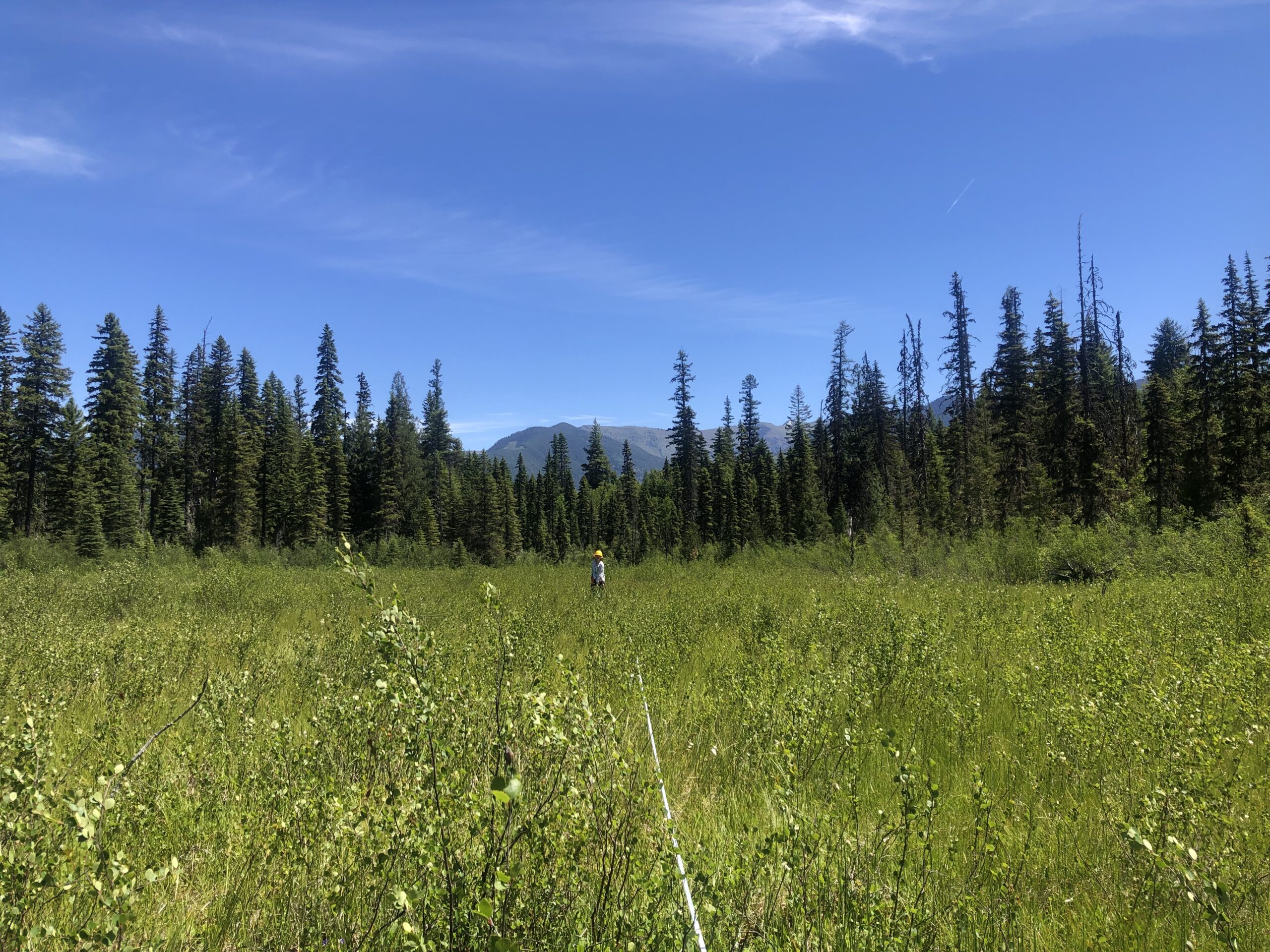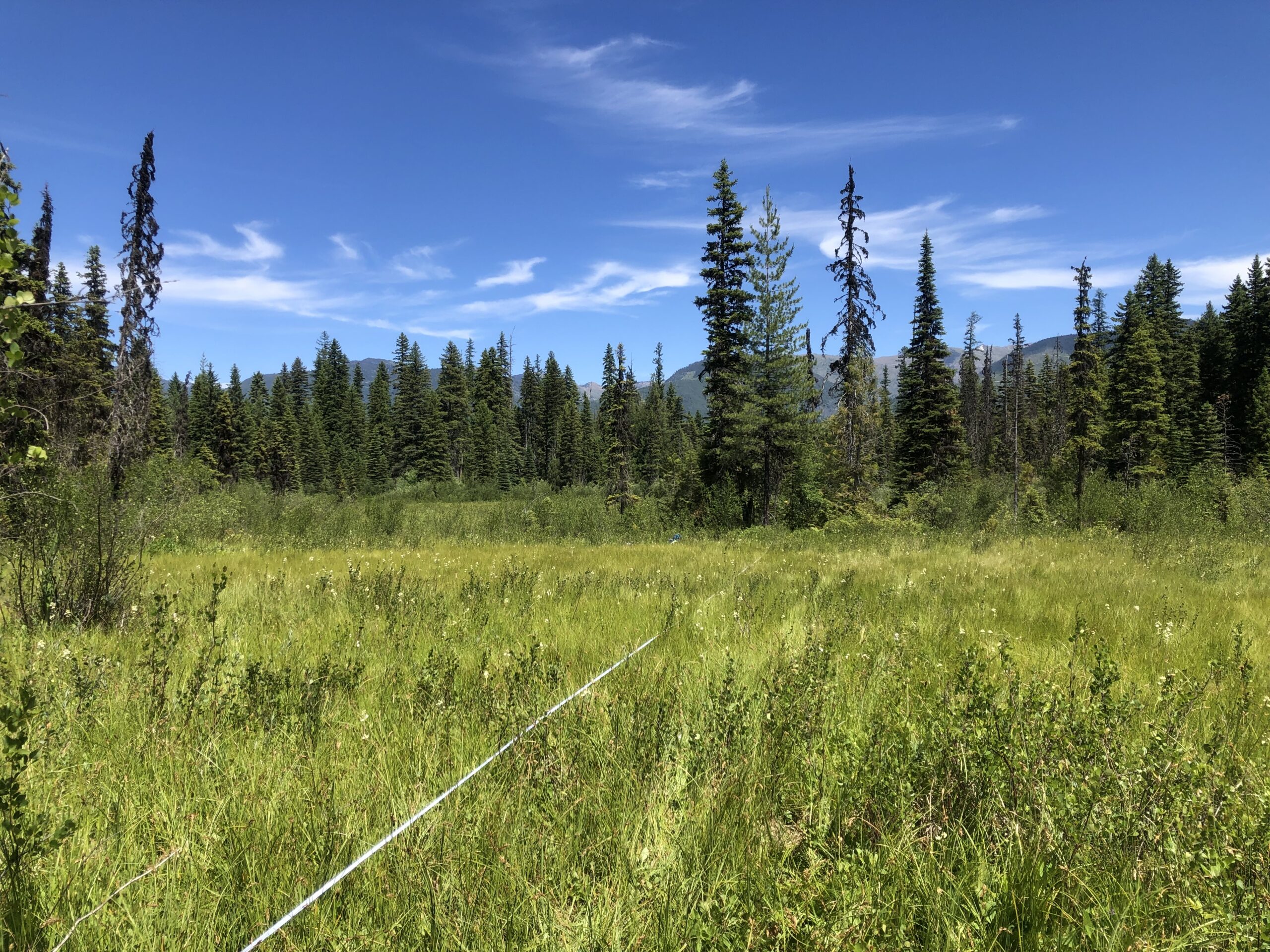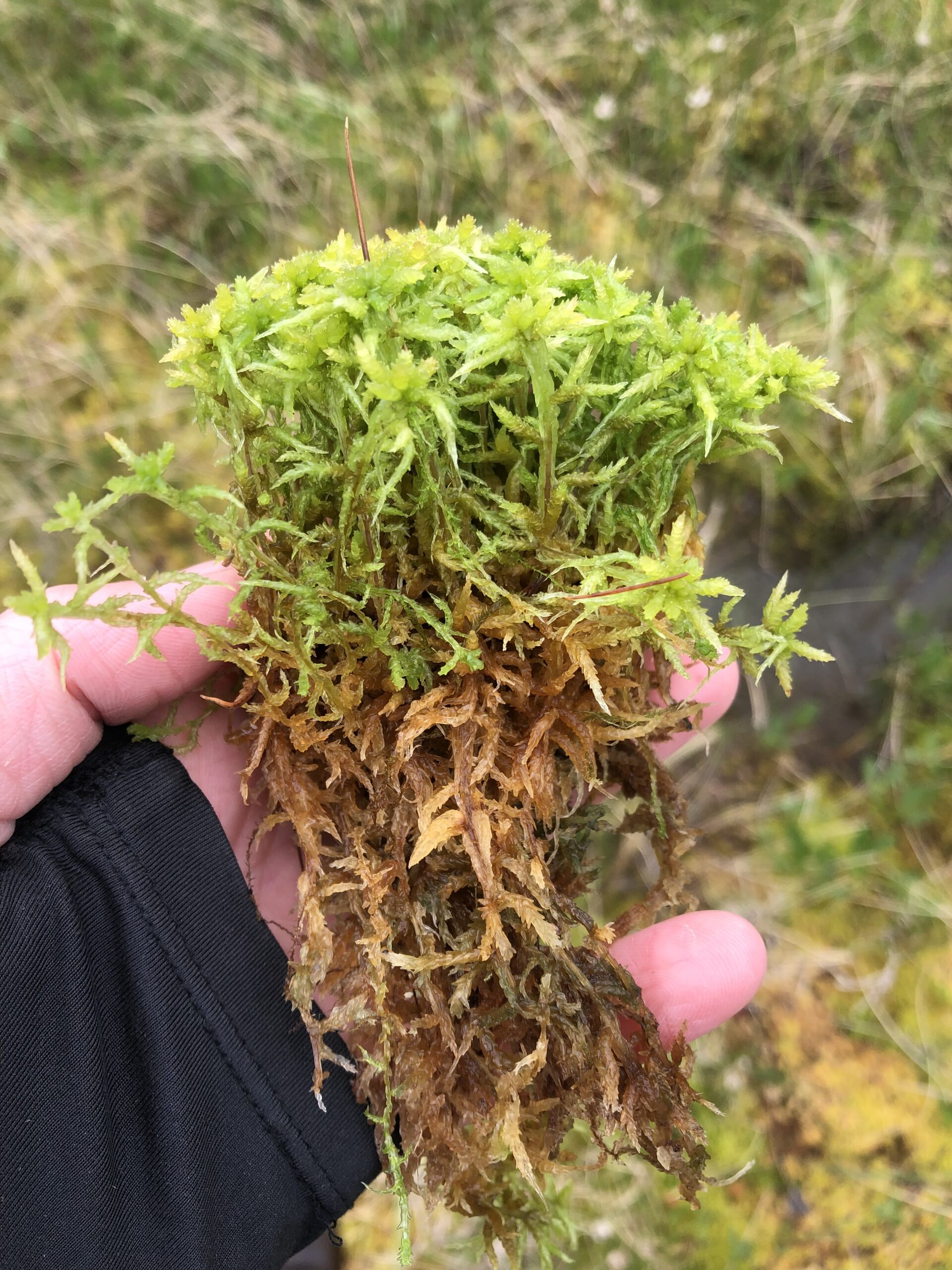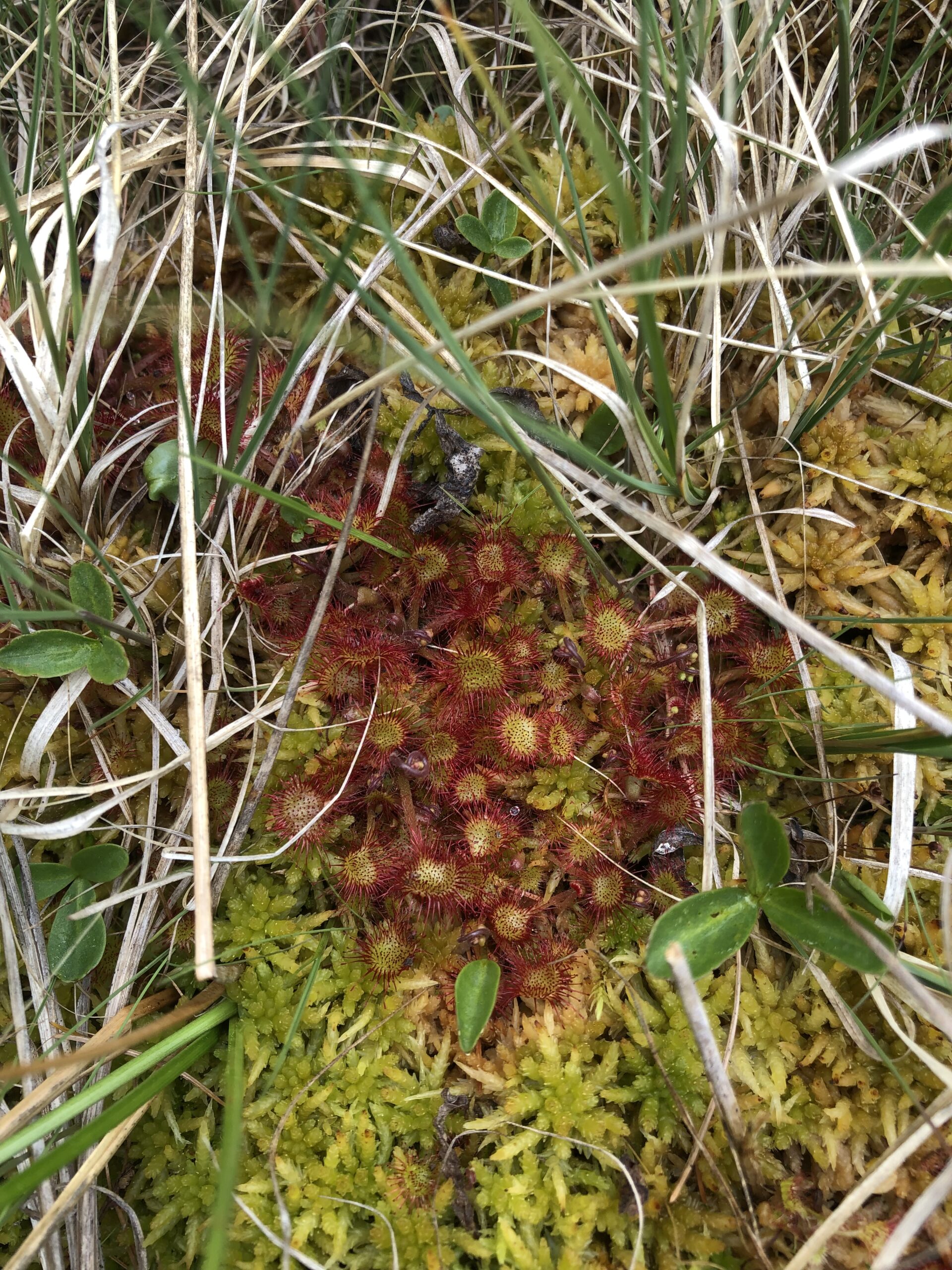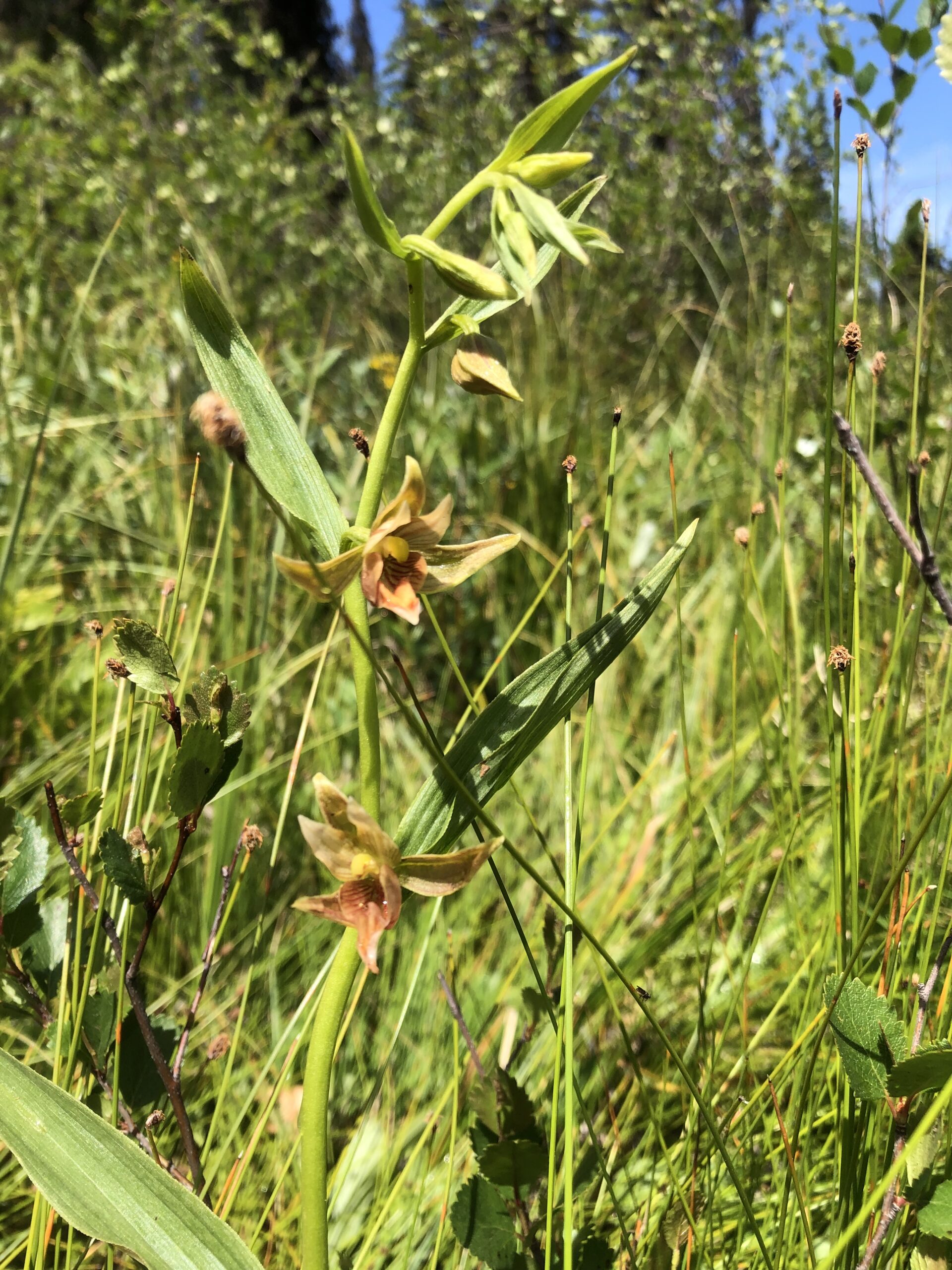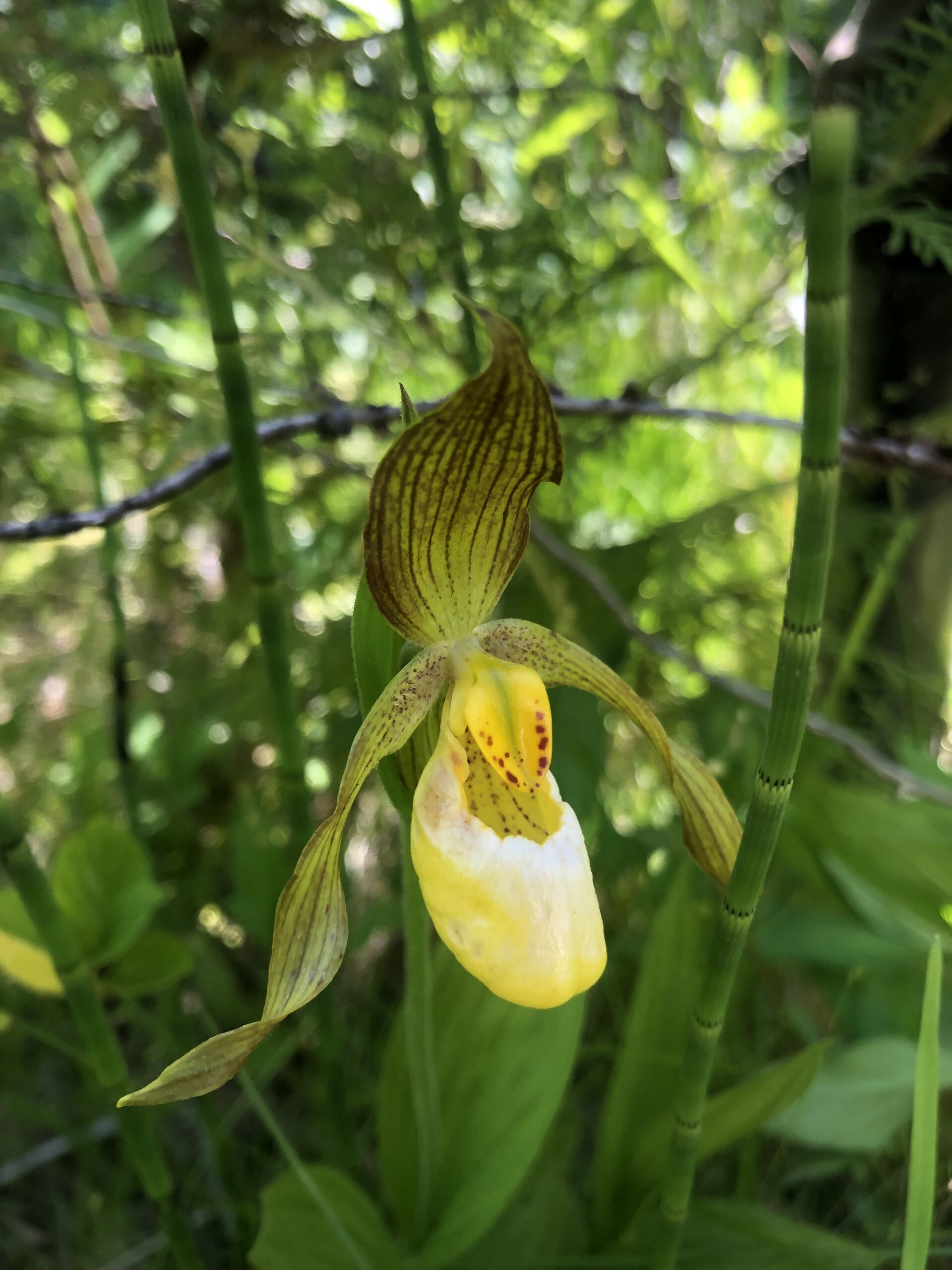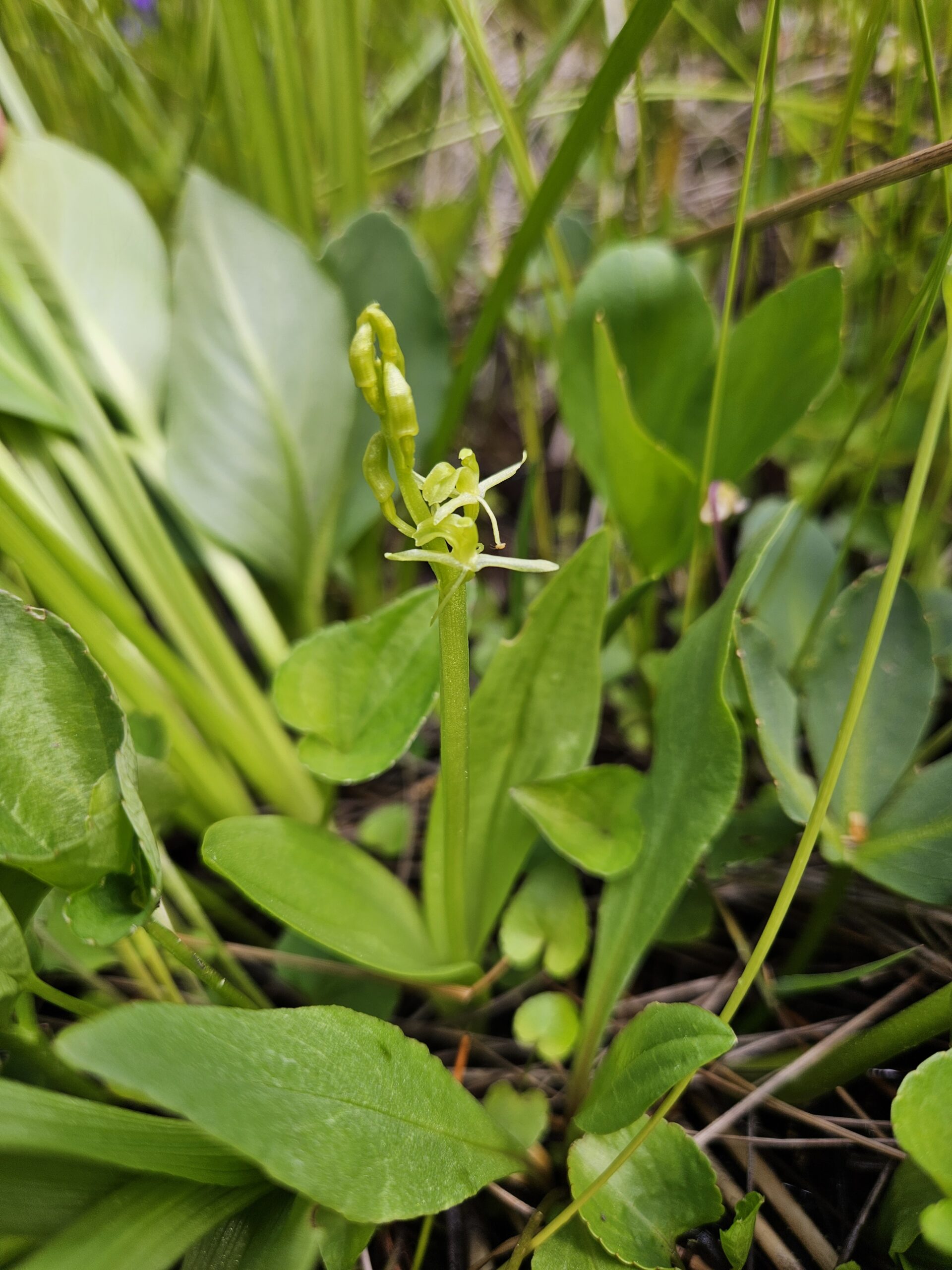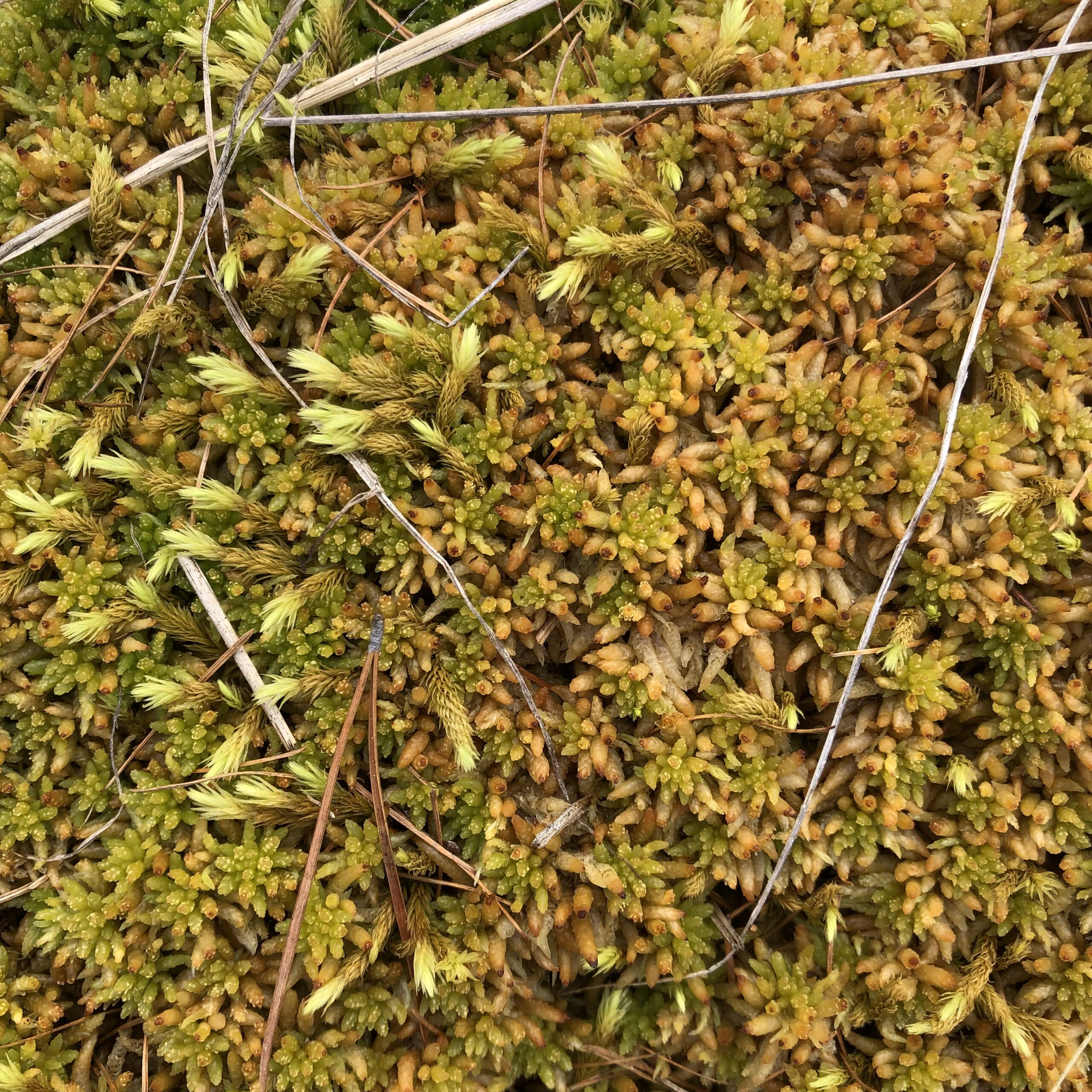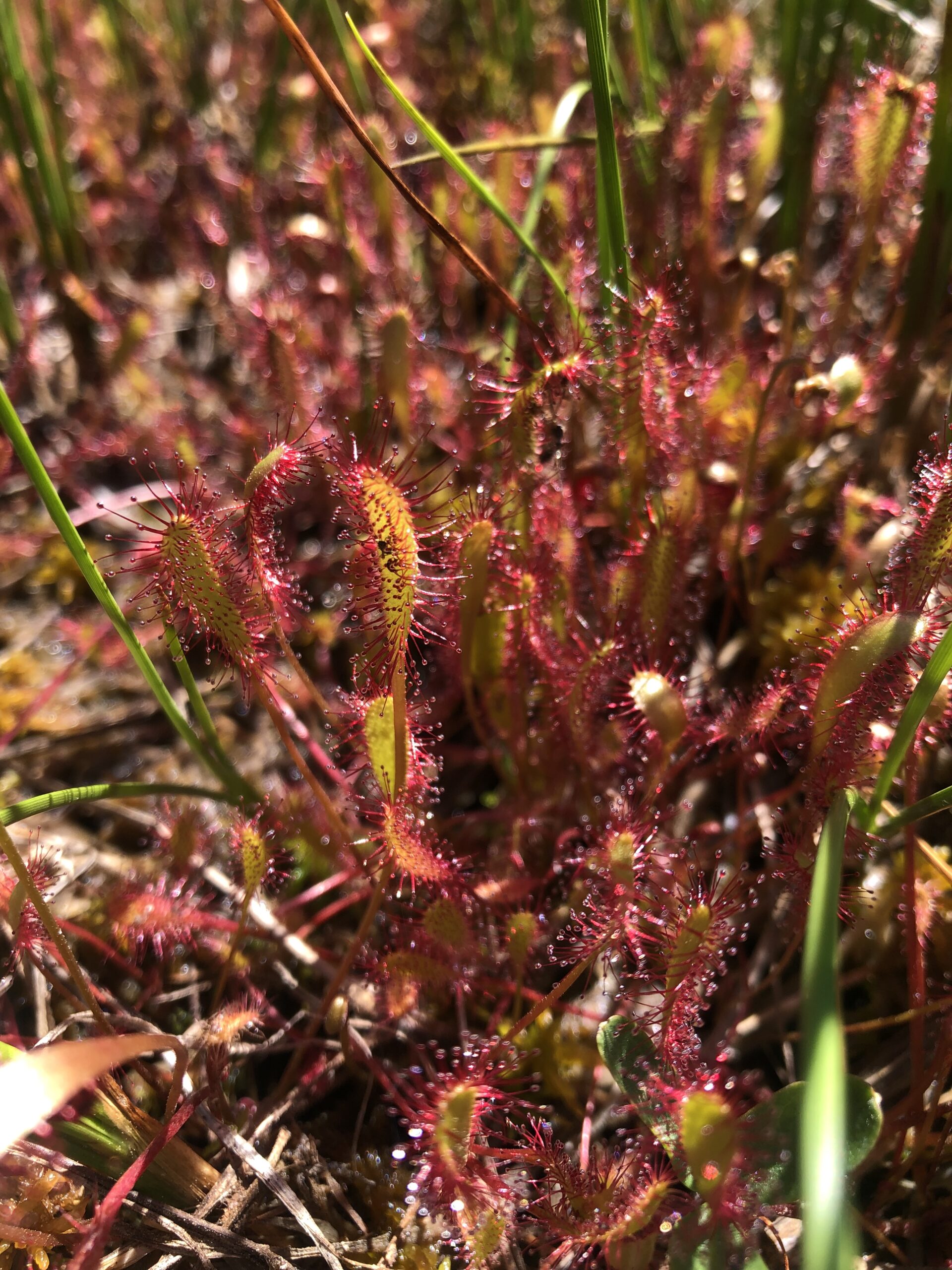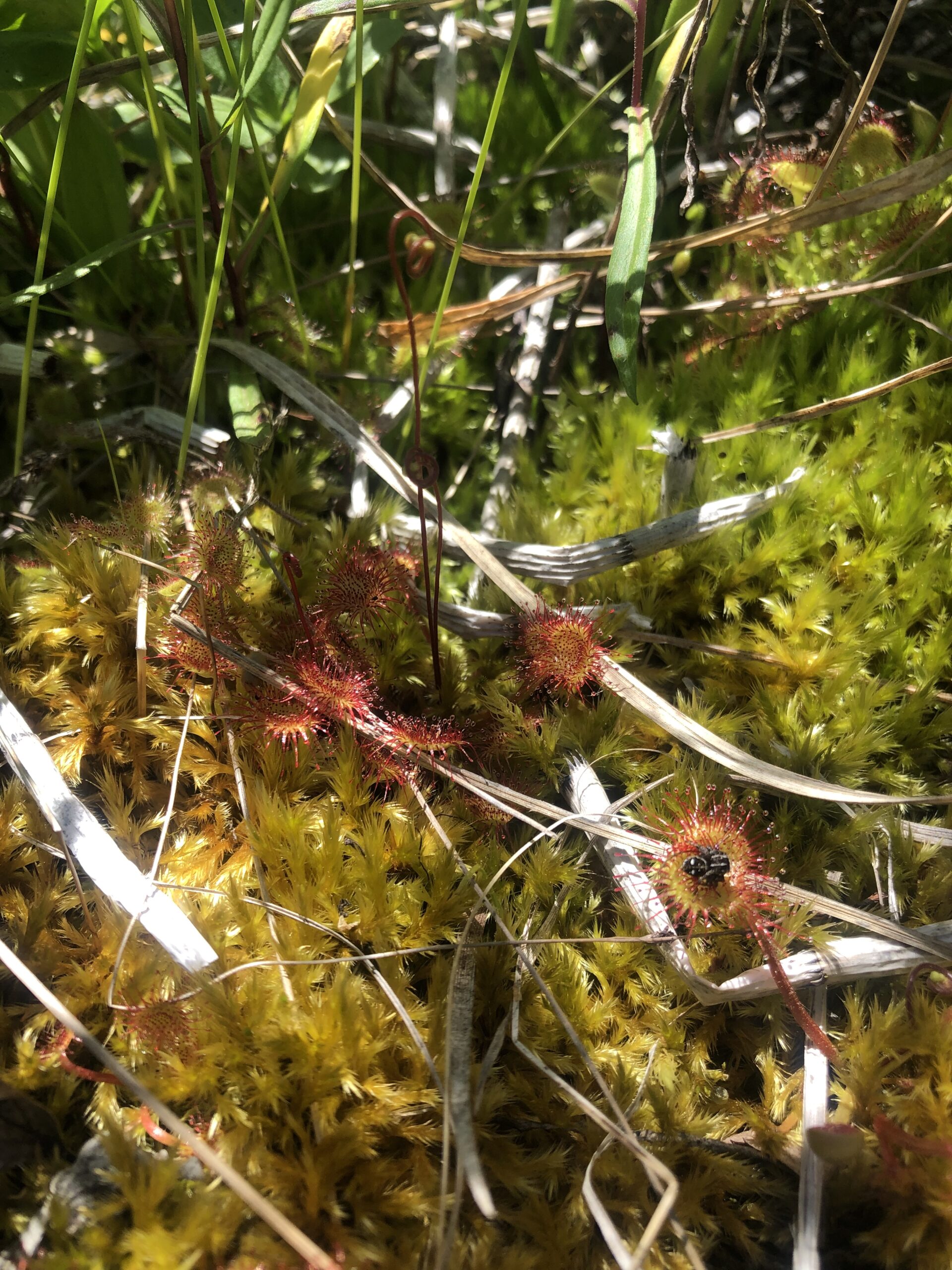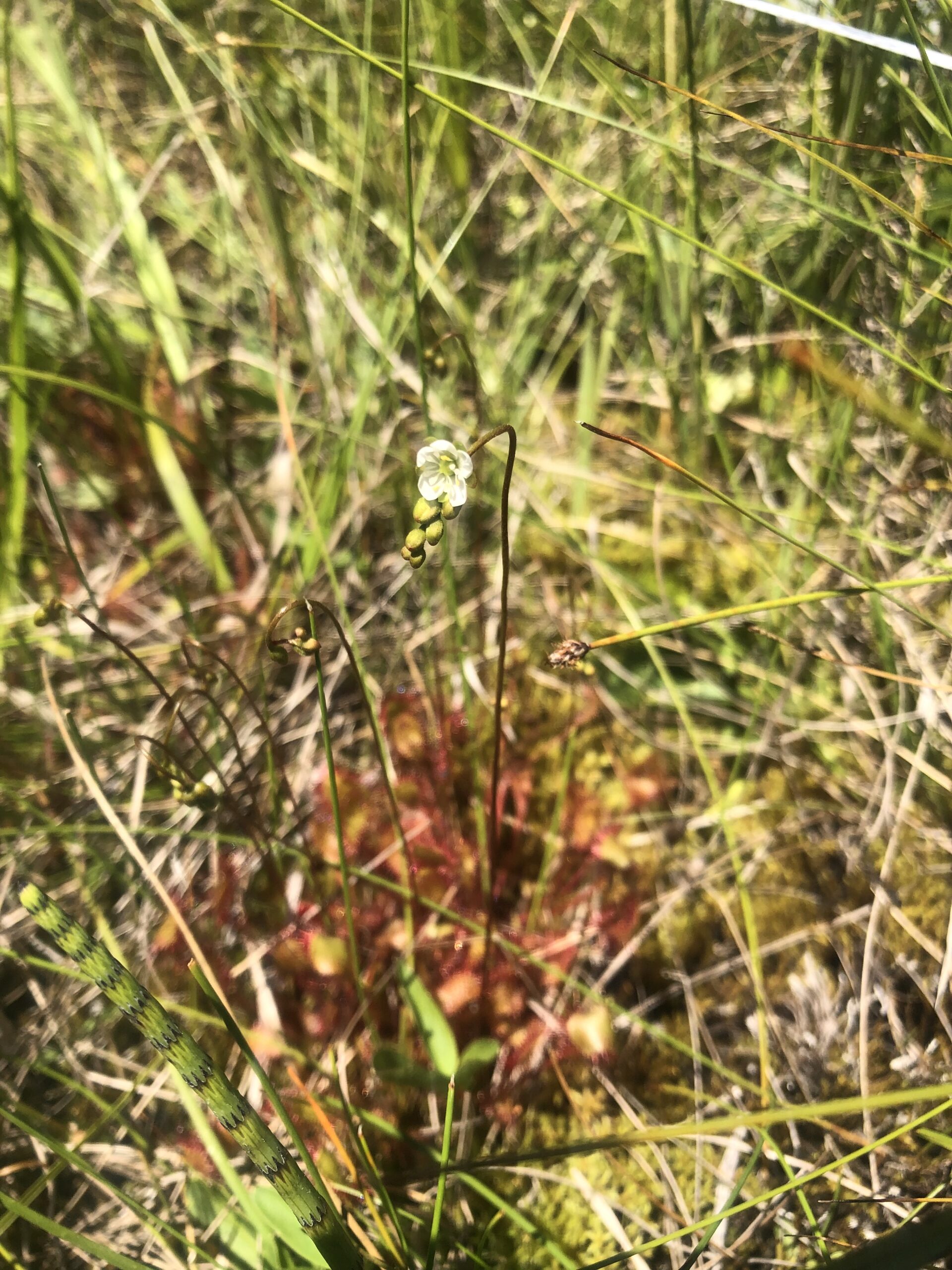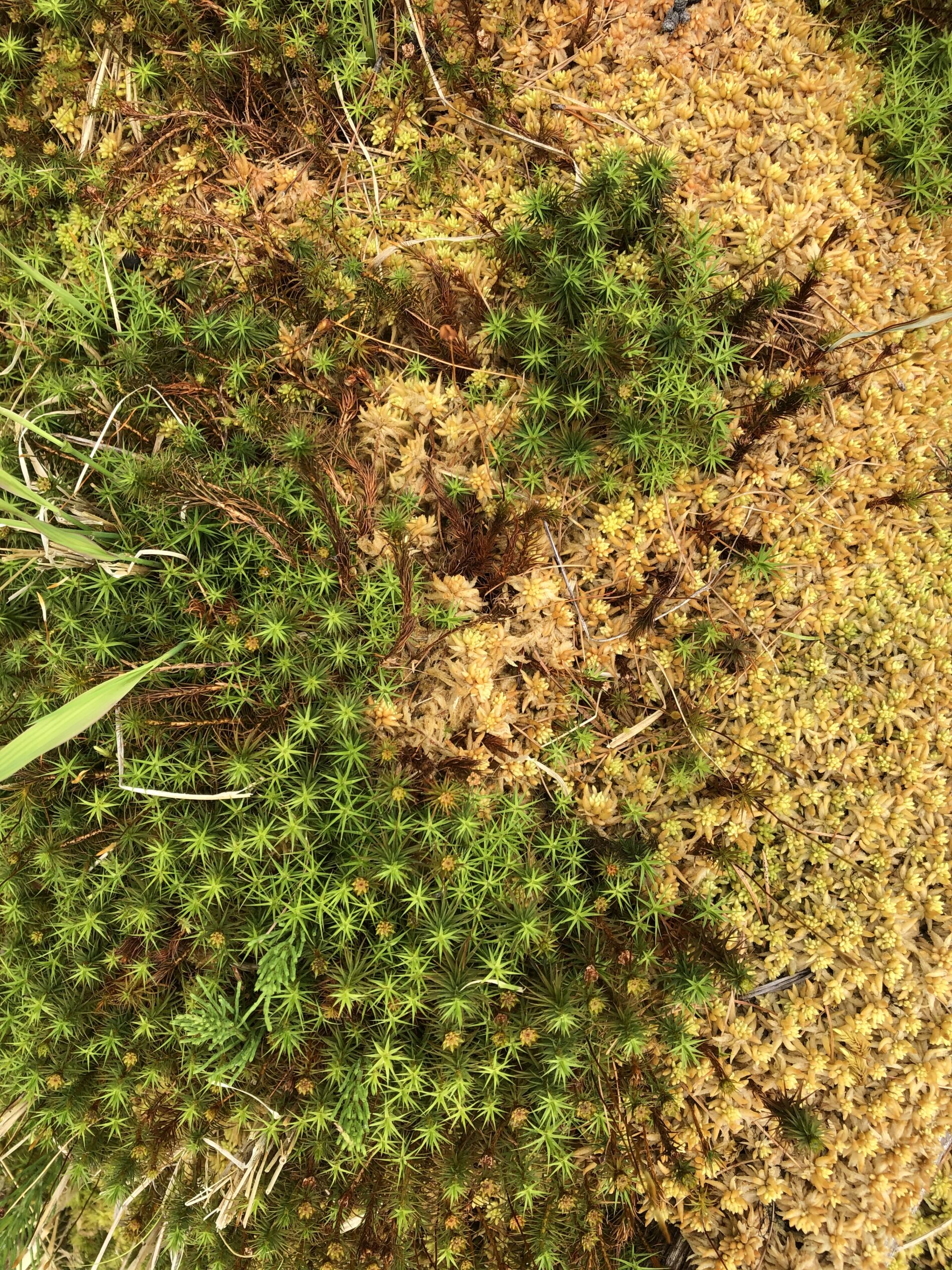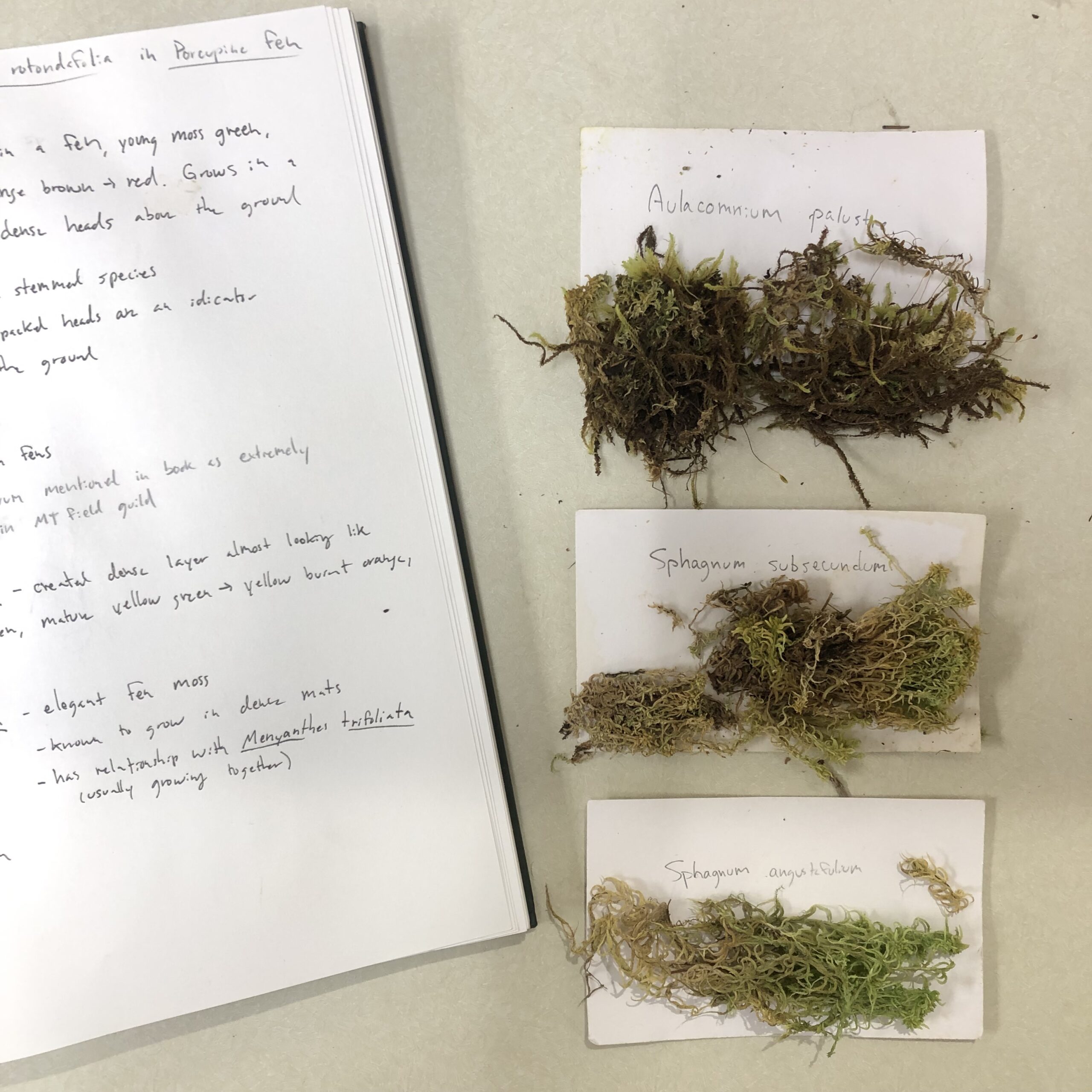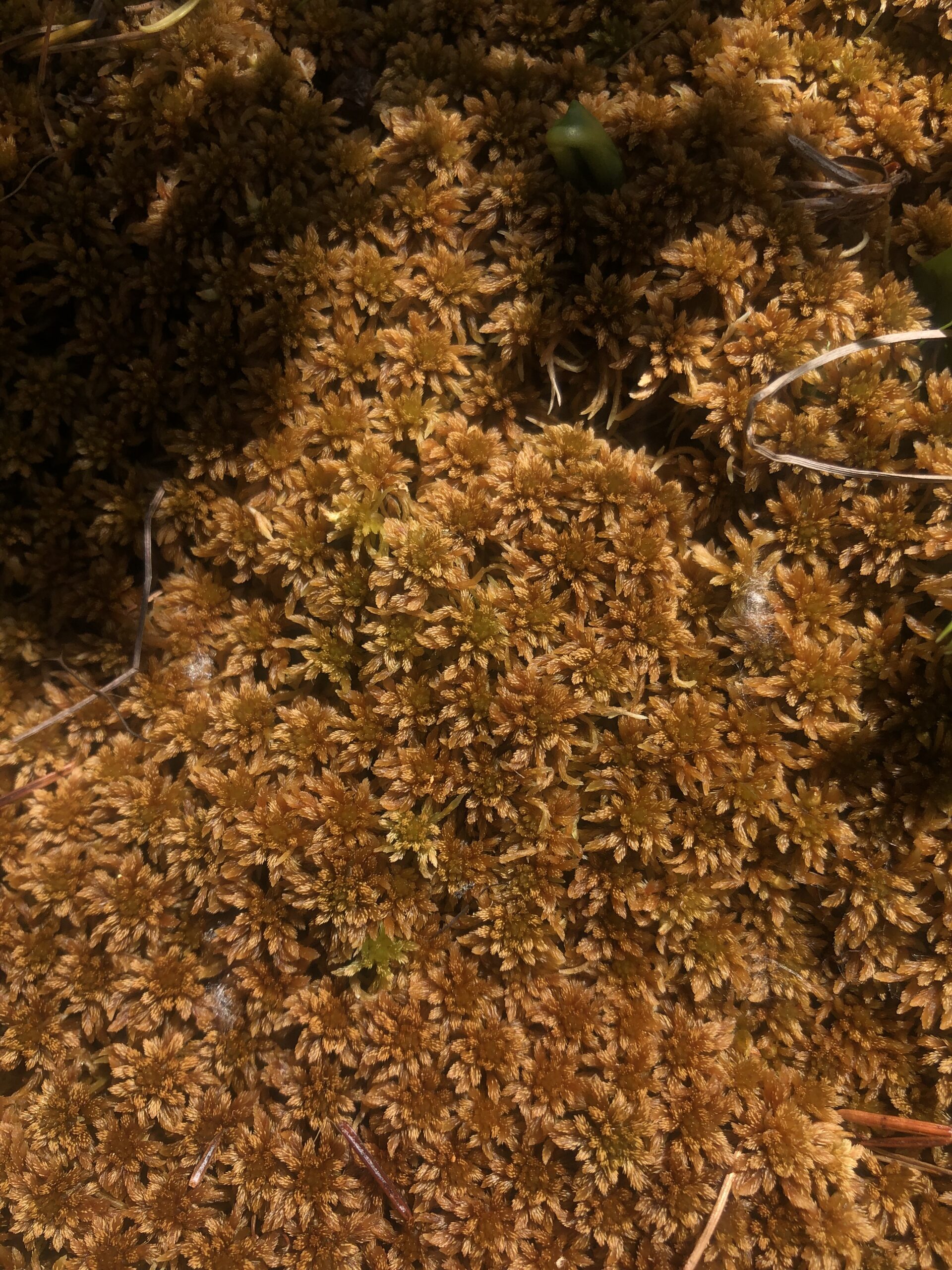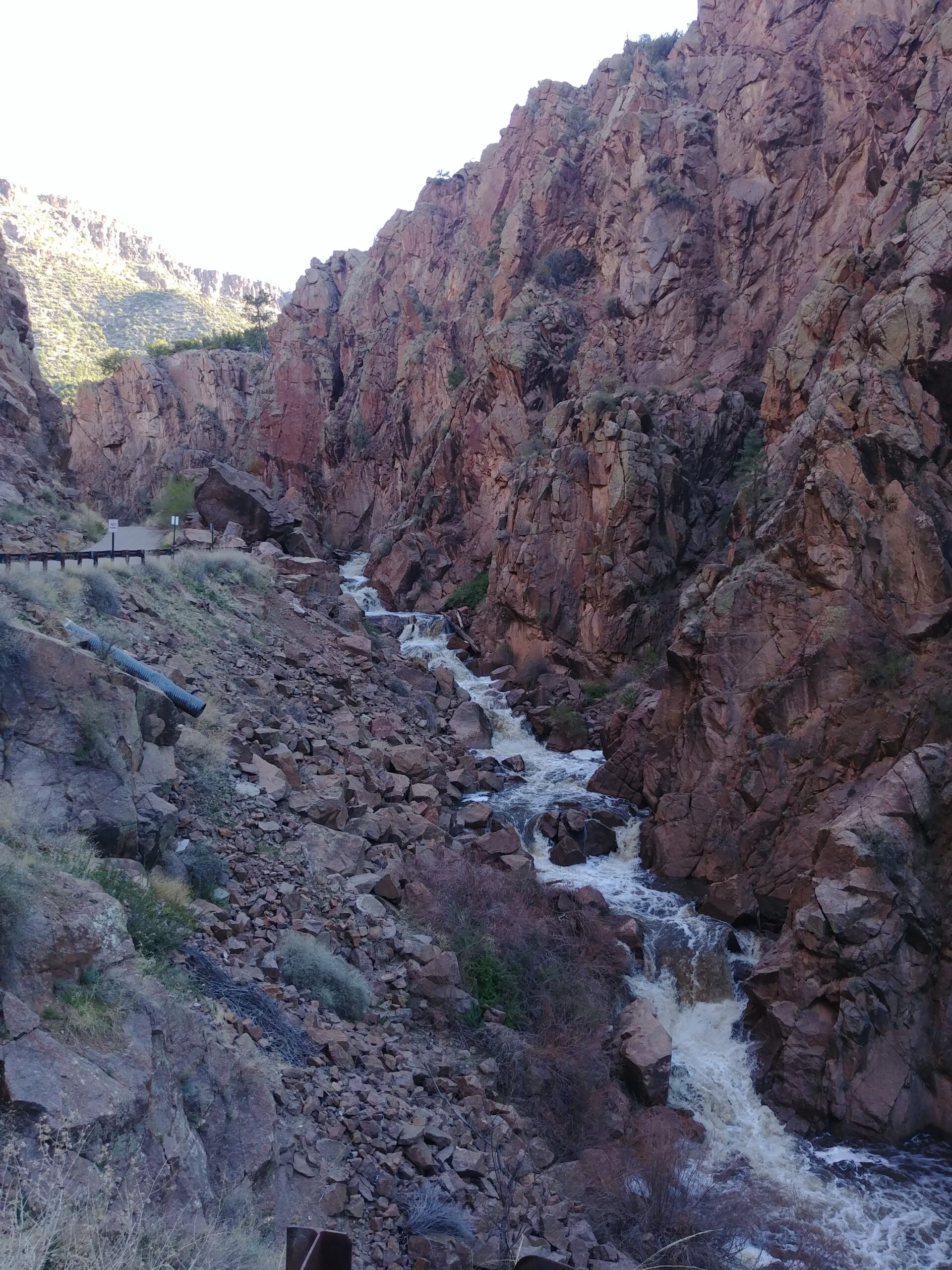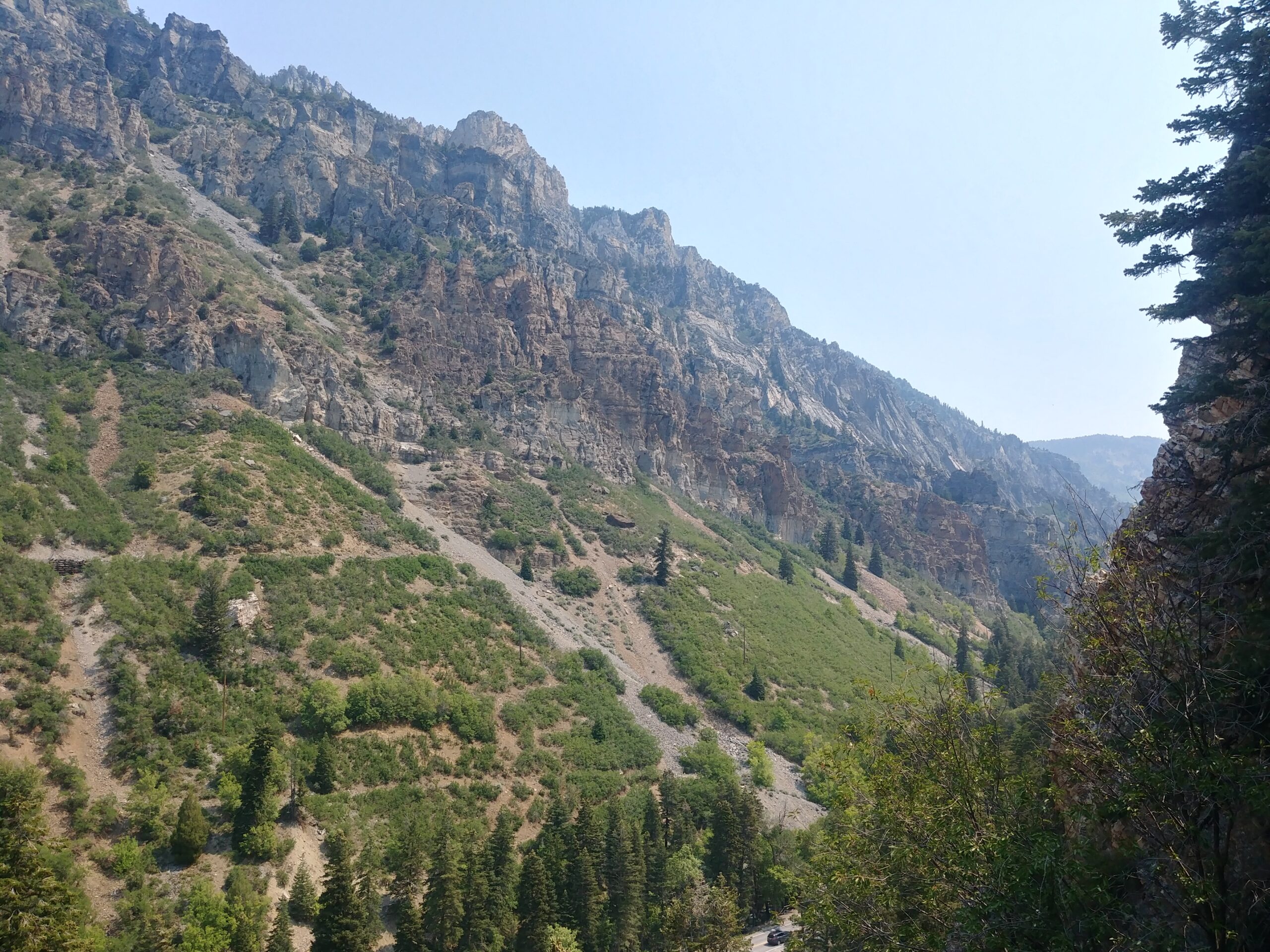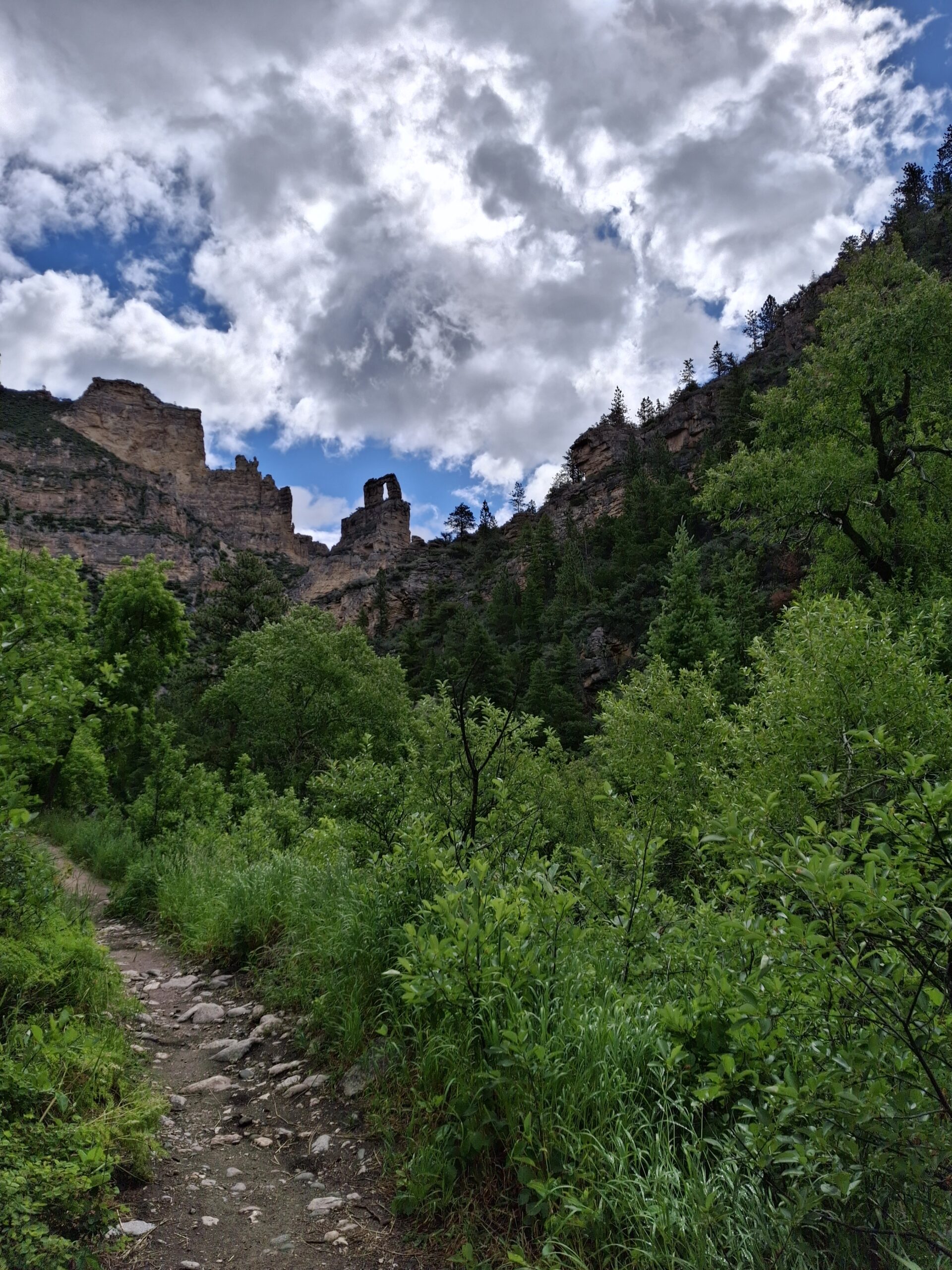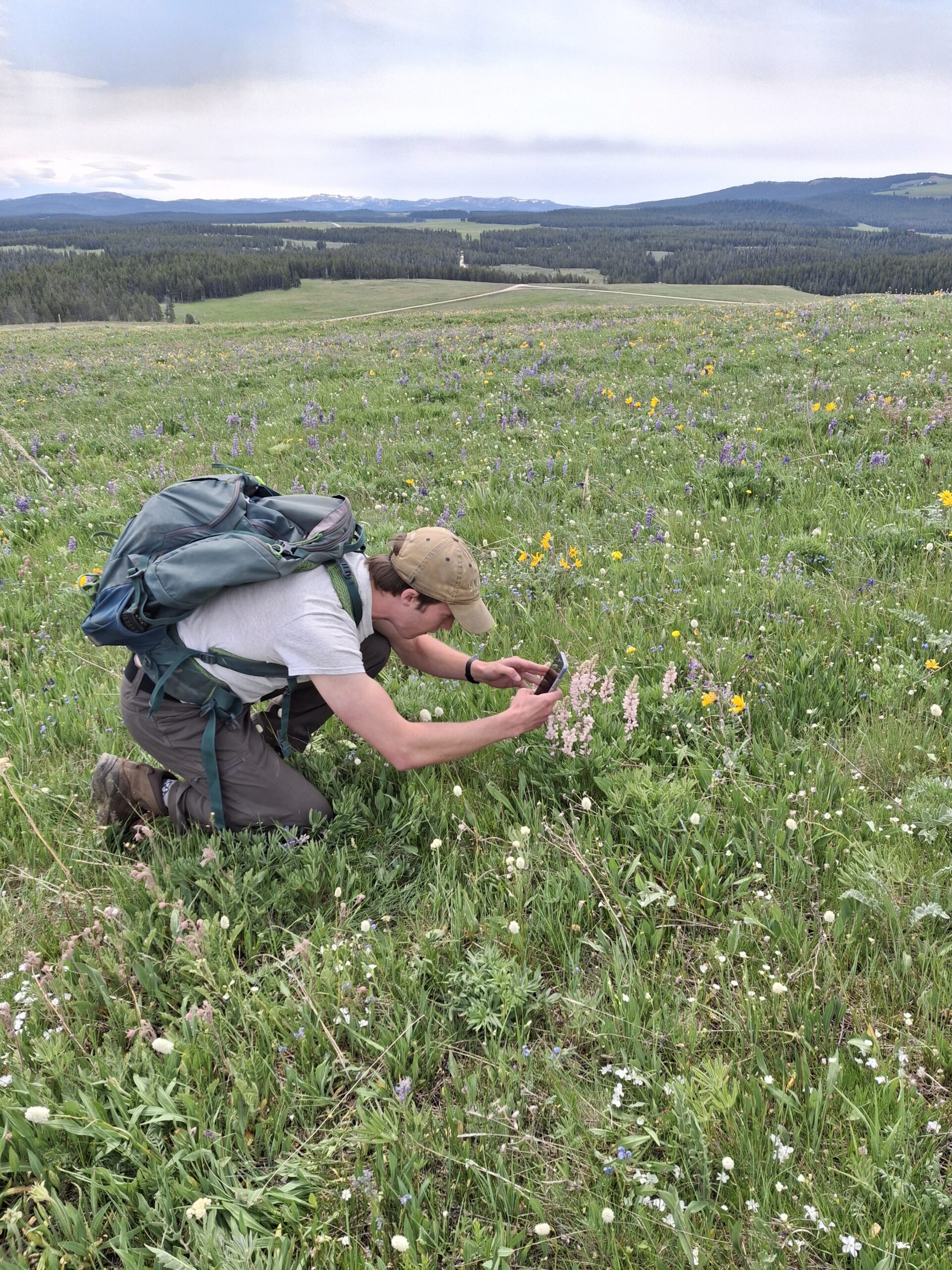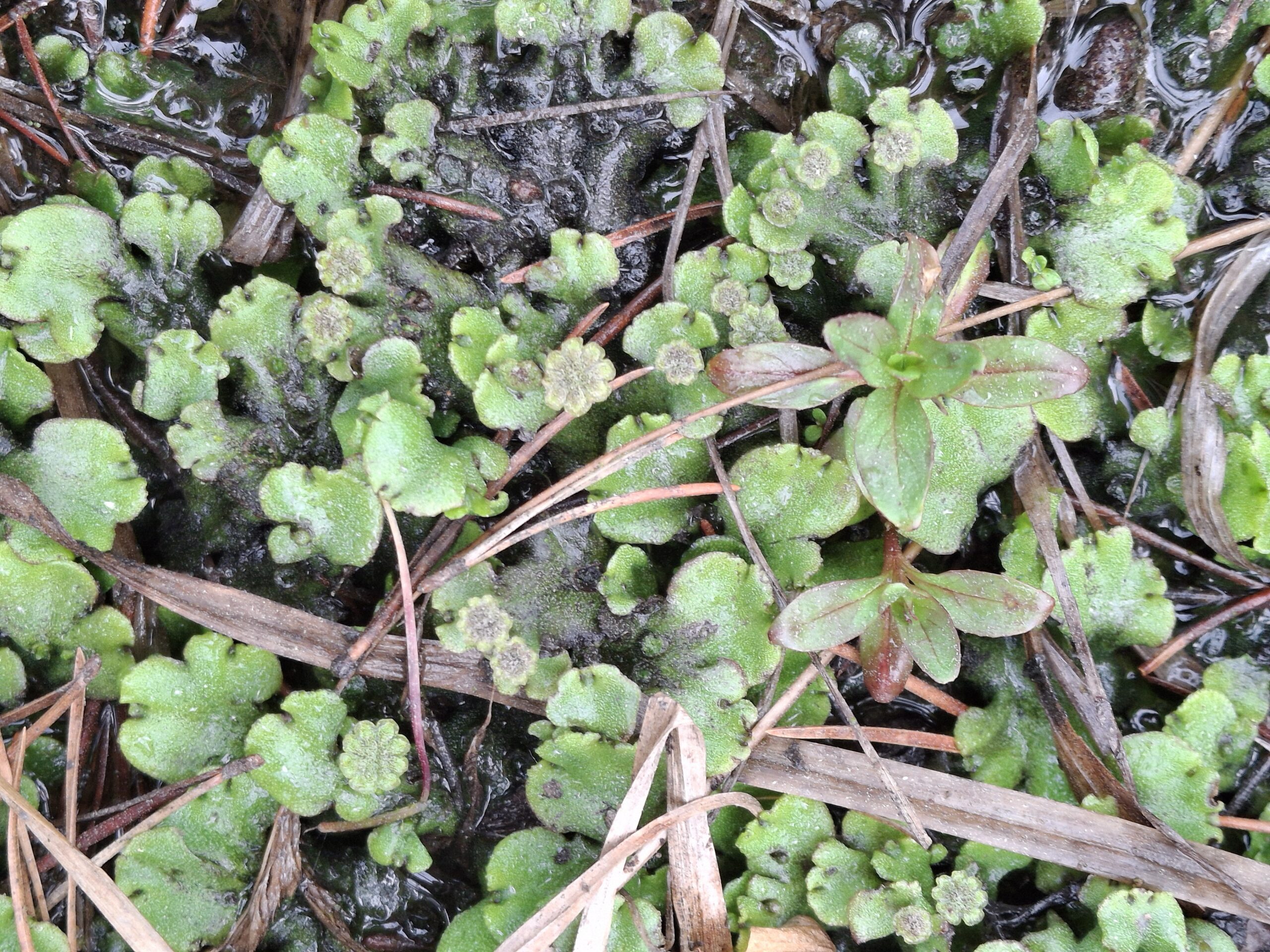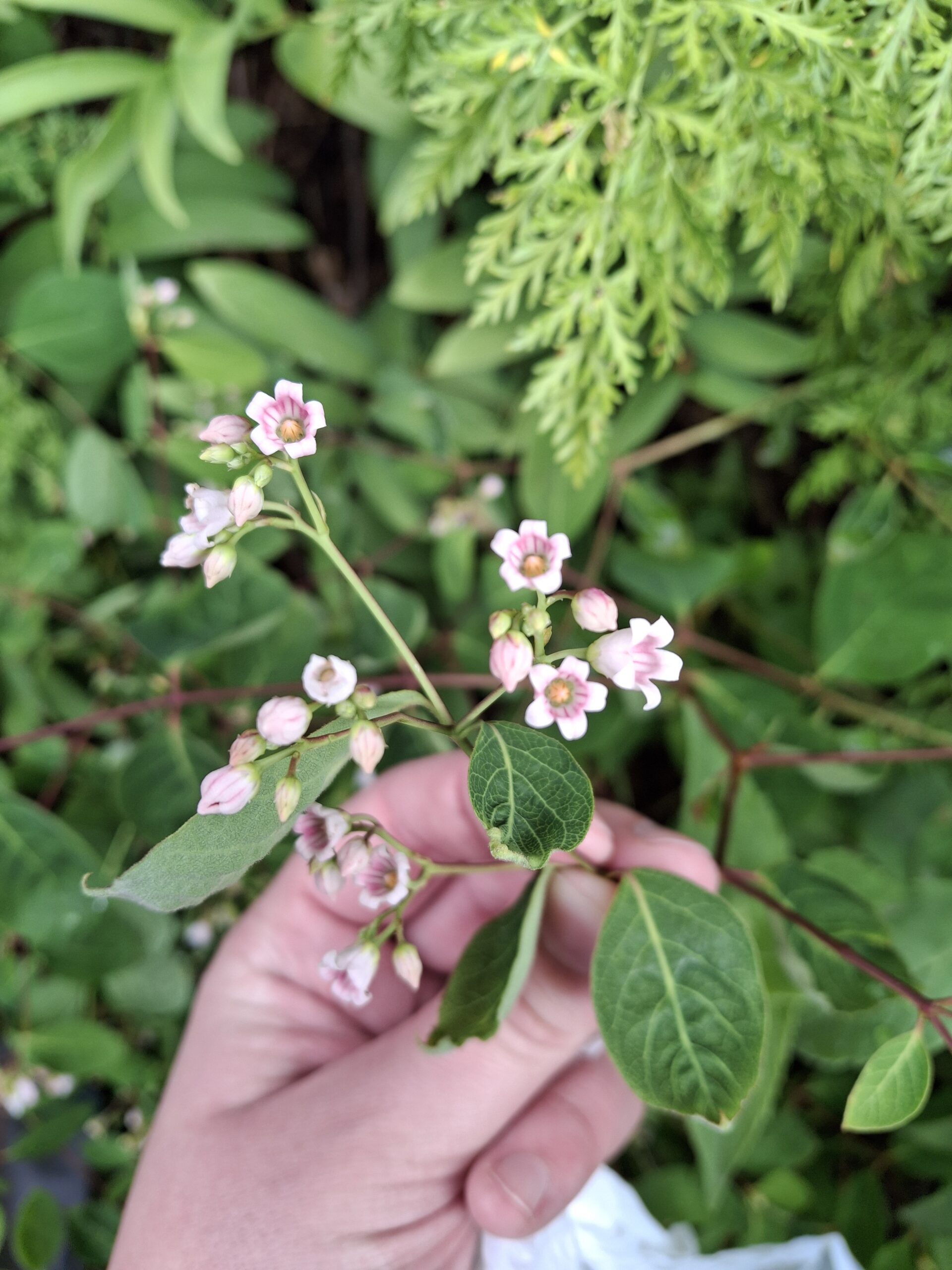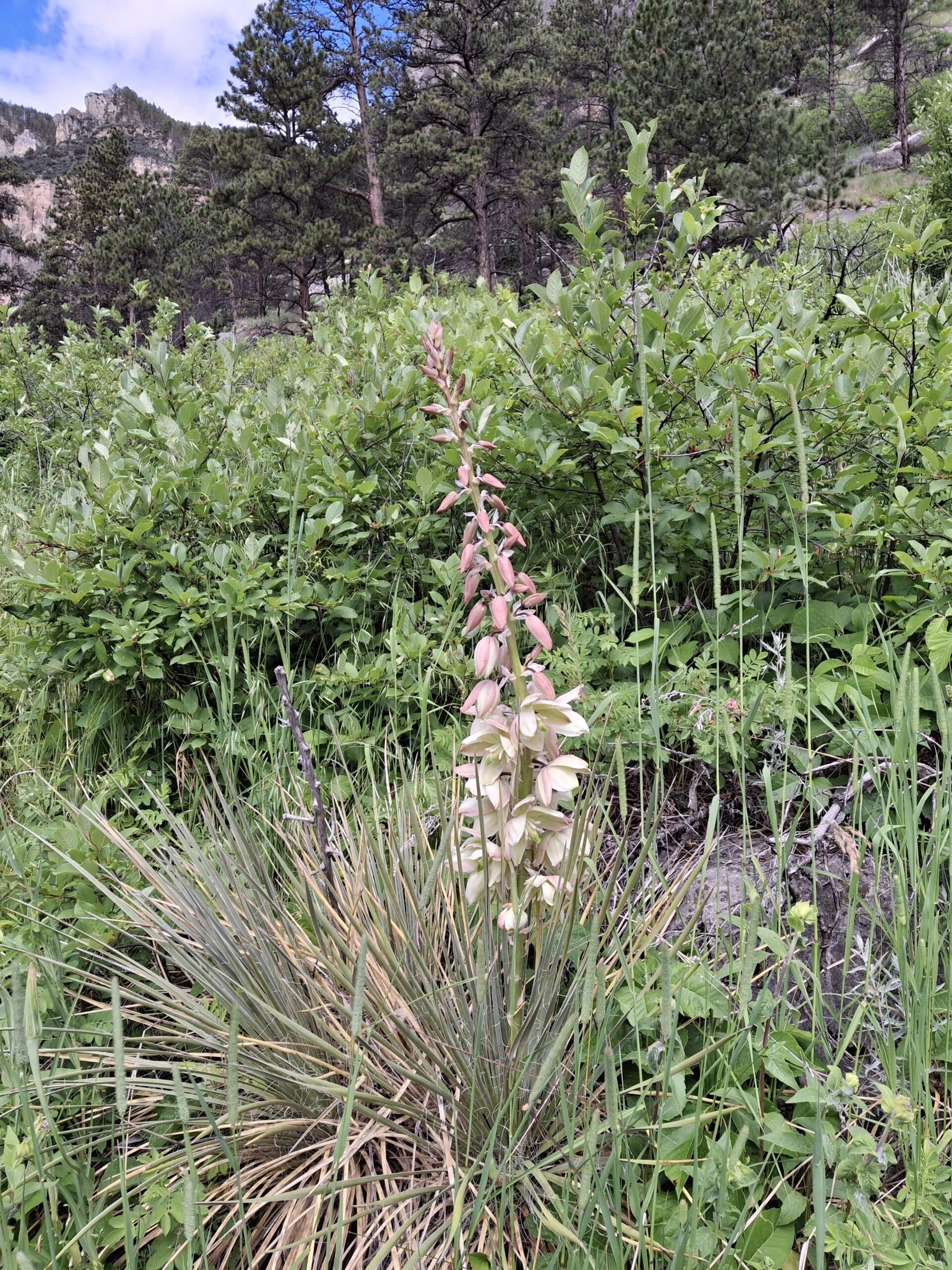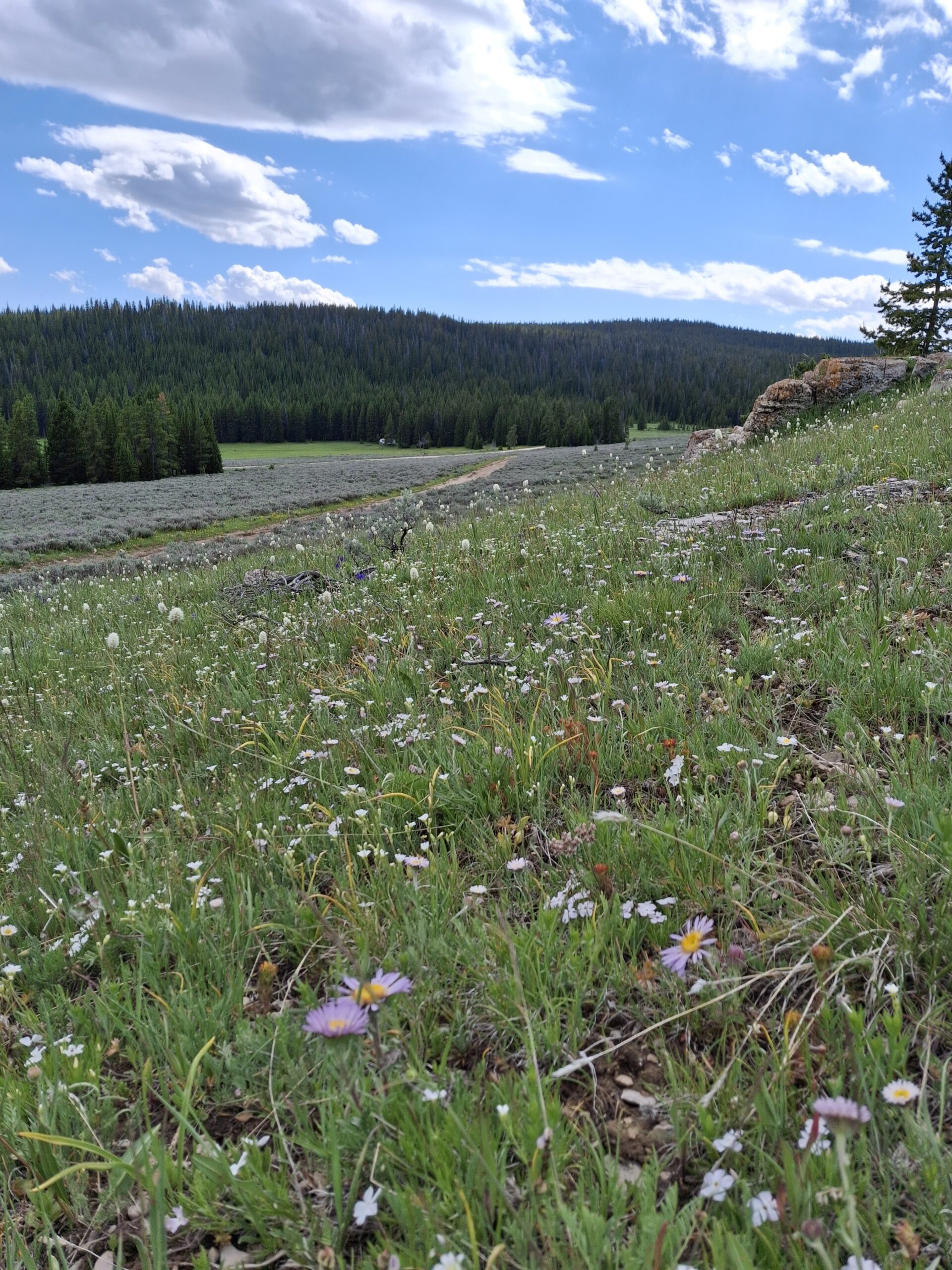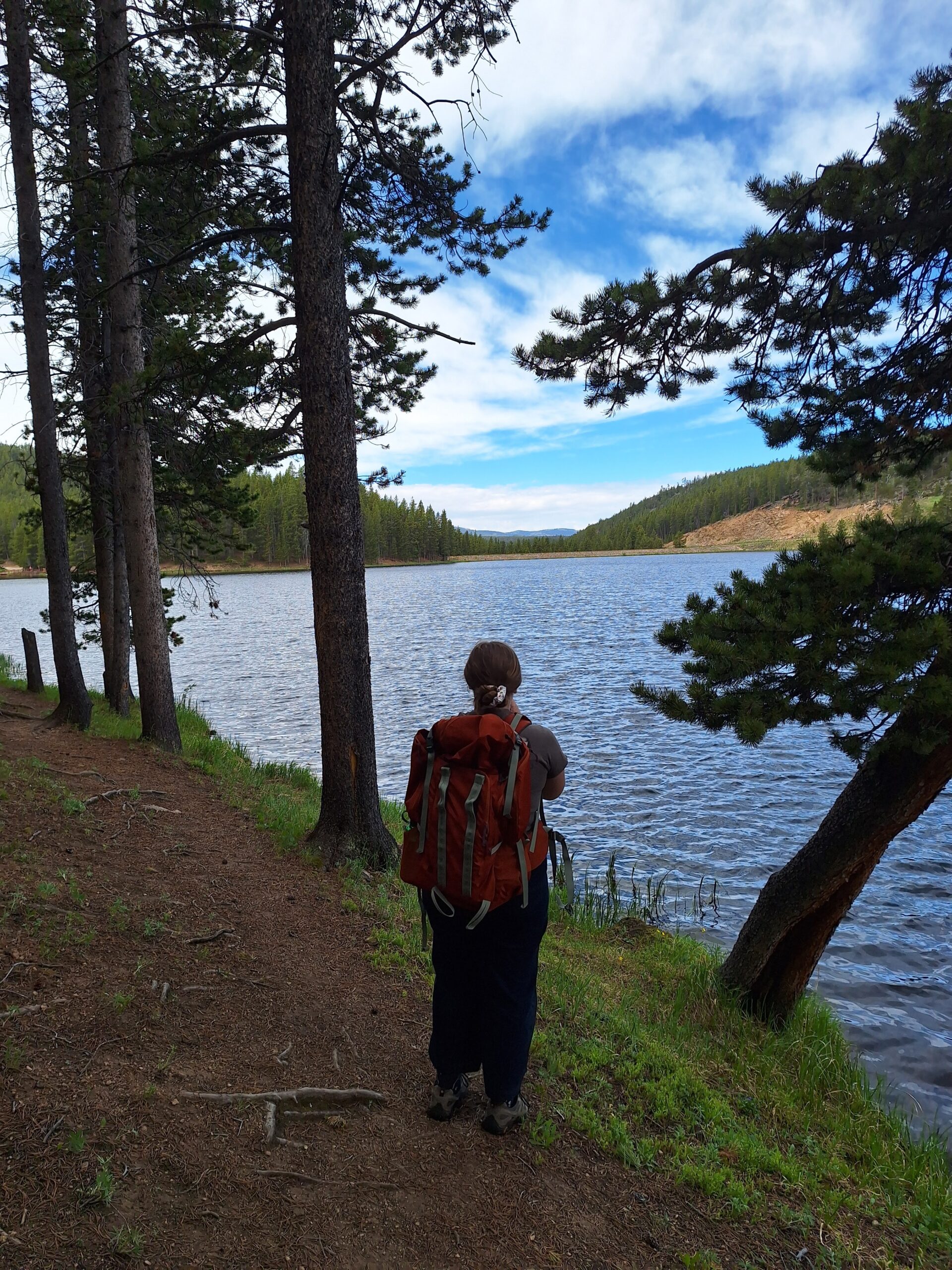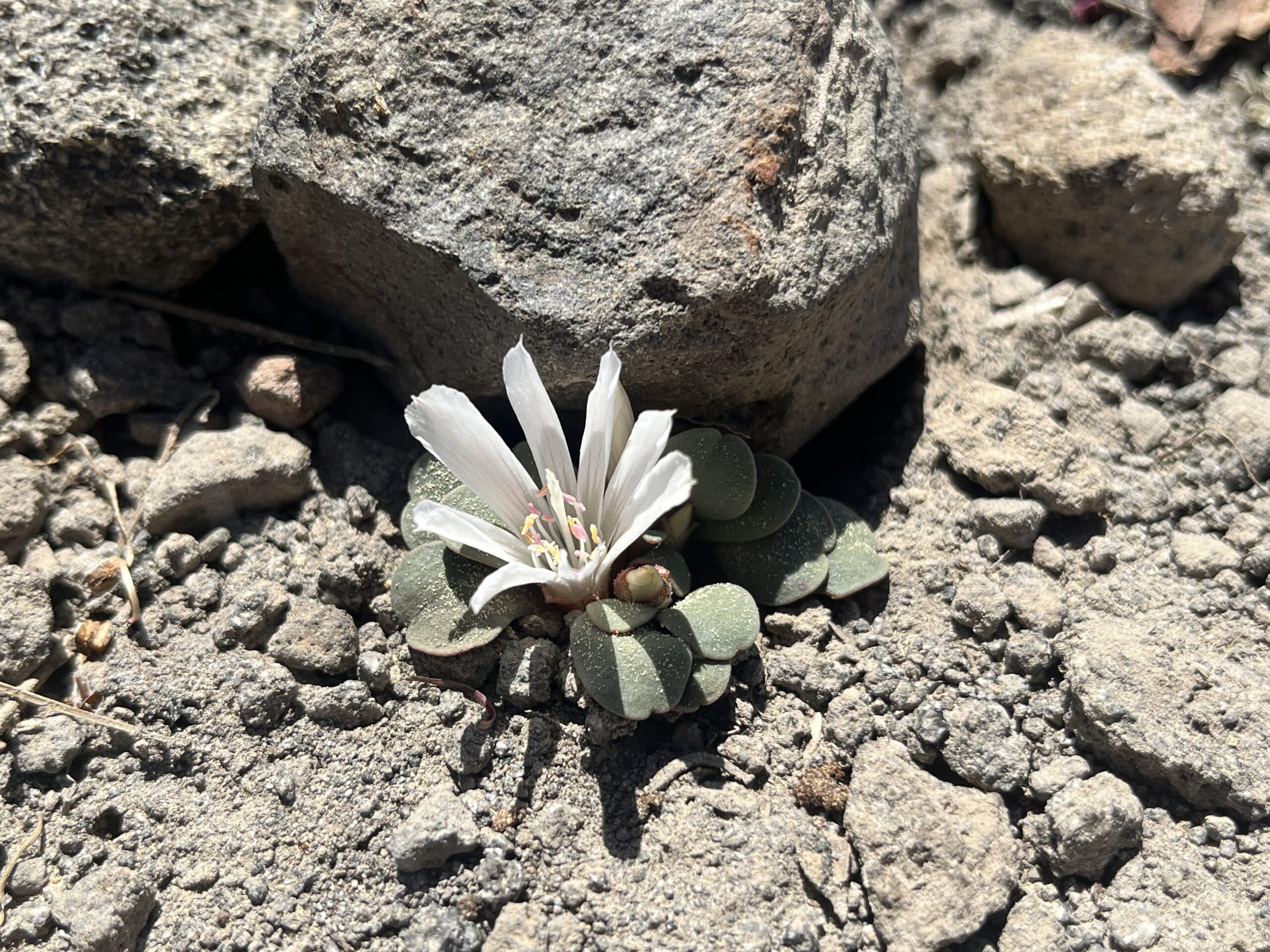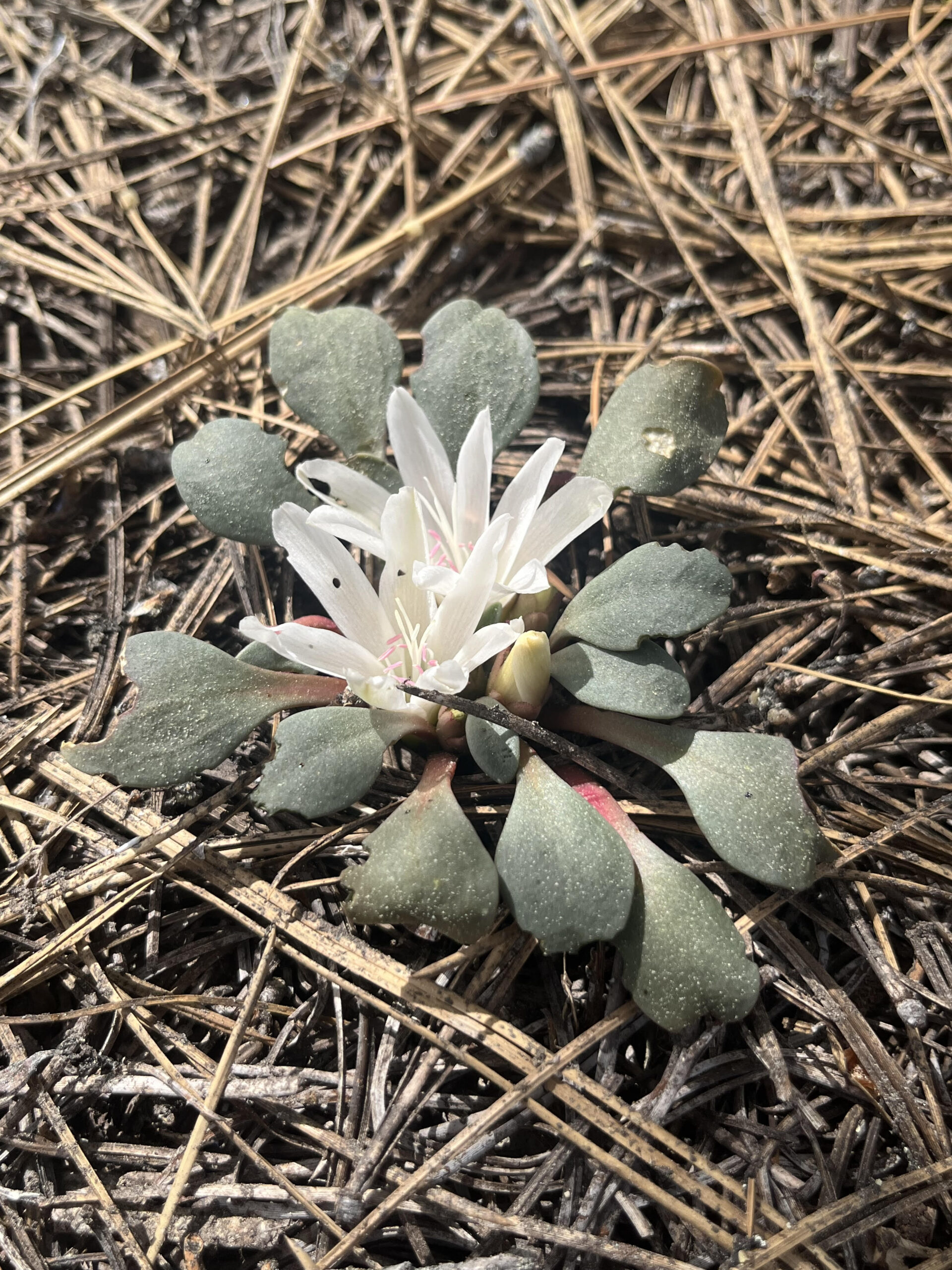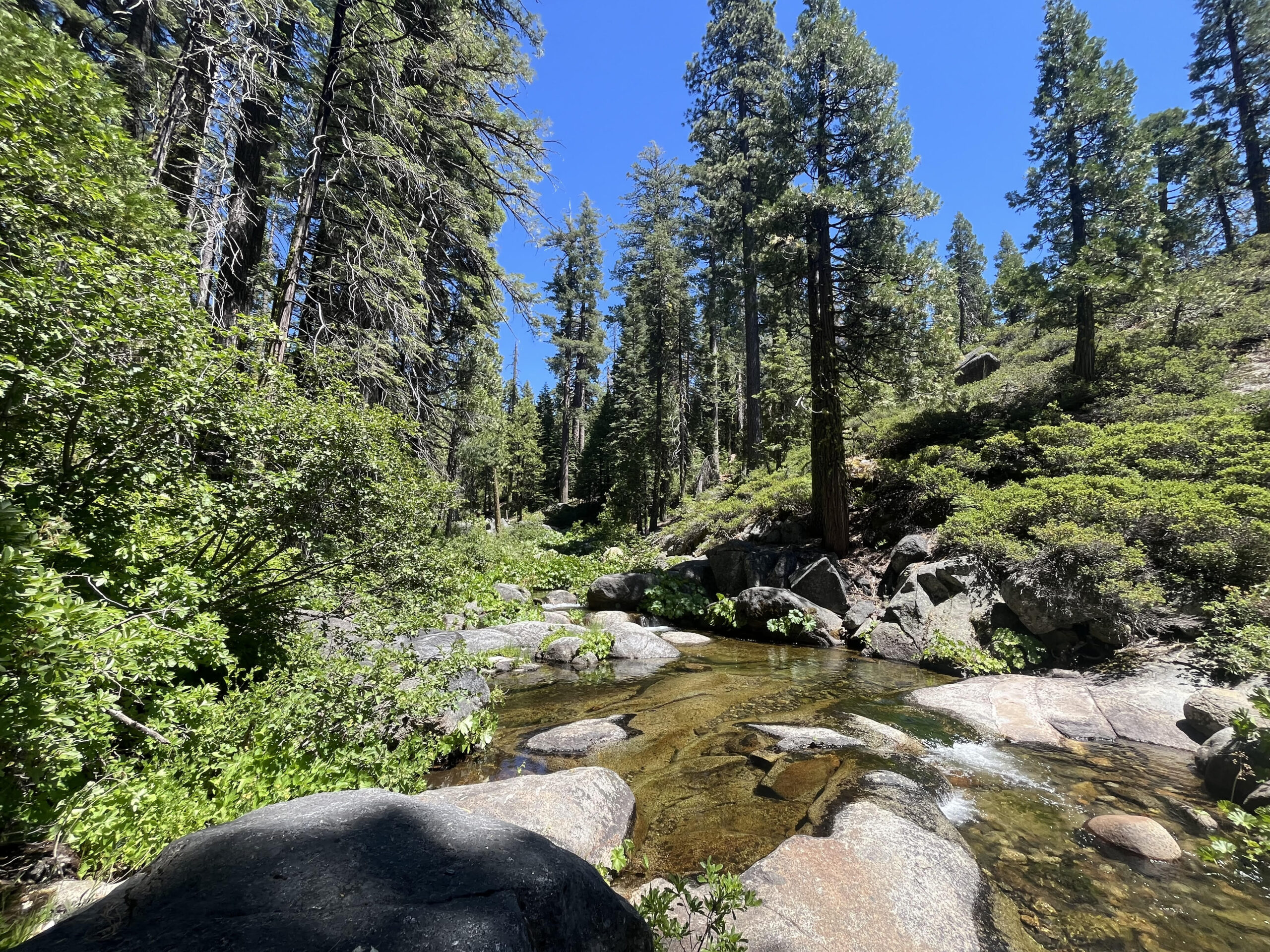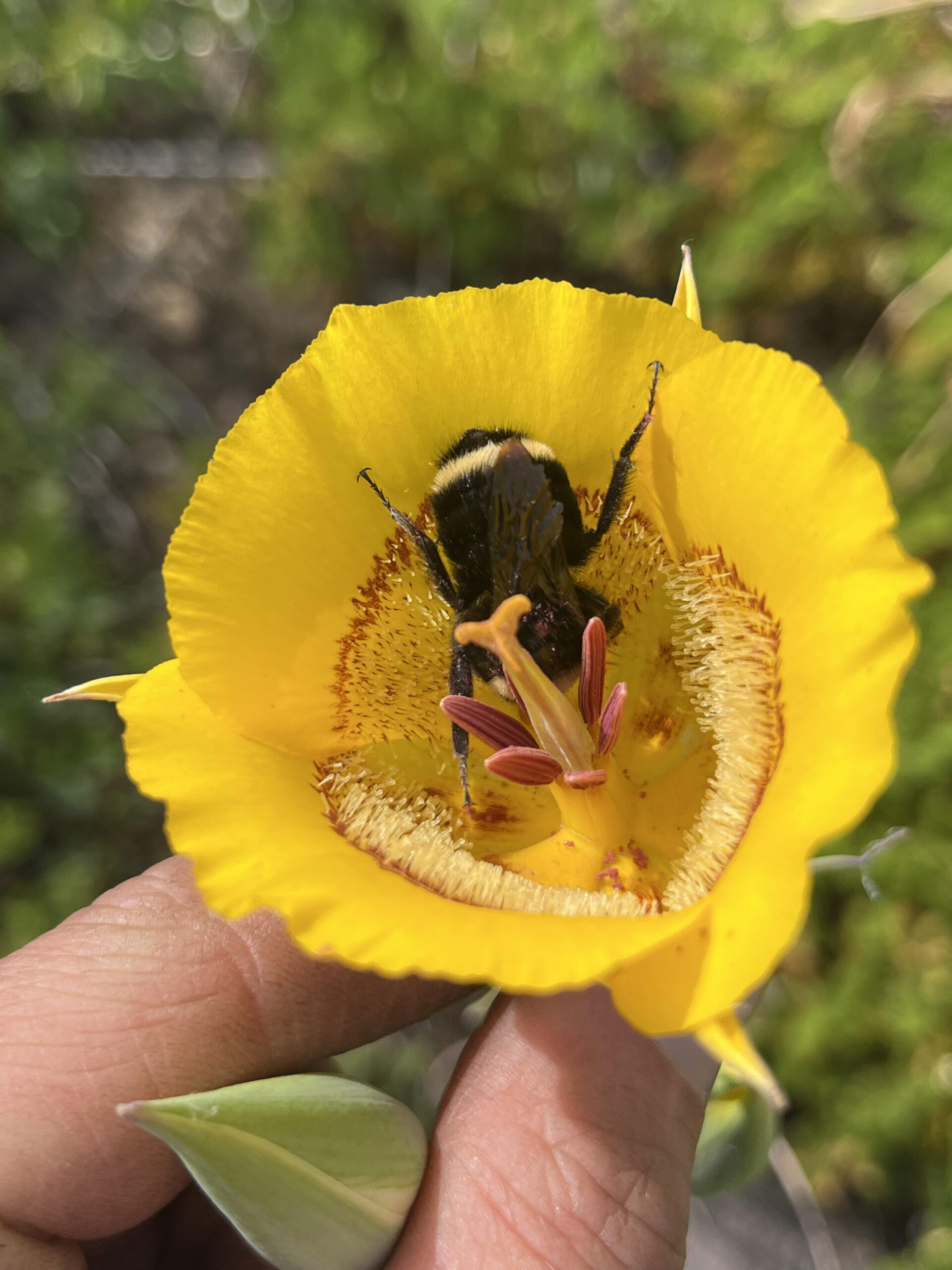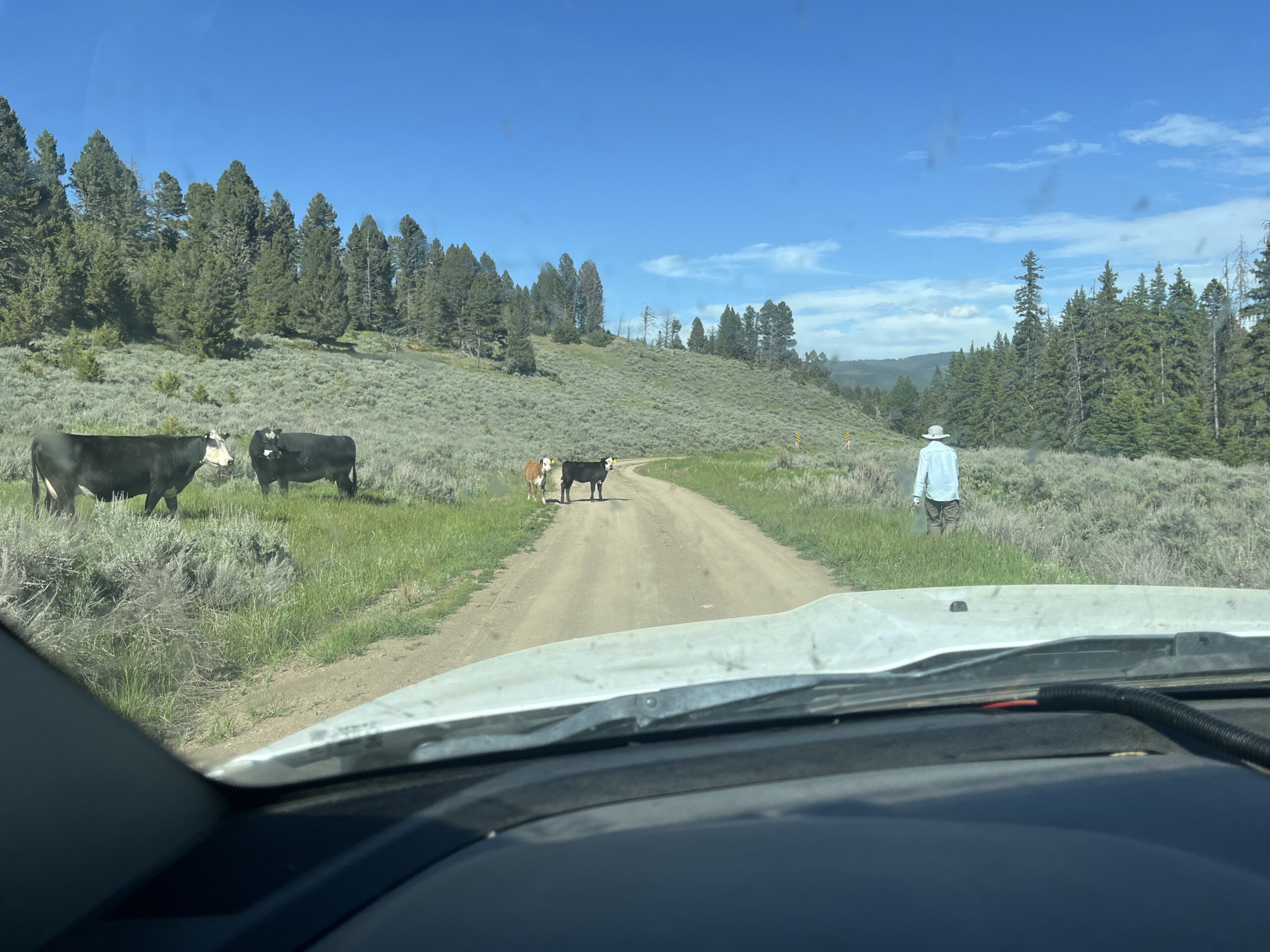Last spring, when I decided on the Lake Tahoe Basin Management Unit for my CLM location, the reality of moving across the country had not yet occurred to me. I was just excited to explore a beautiful place I’d never been! Aside from a couple b’nai mitzvah when I was younger, I’ve never spent much time on the West Coast. As a third generation New Yorker, its nothing short of treason to think about moving out west. The night before my flight, after a healthy amount of crying and hugging my best friends, I started worrying about leaving them, the Northeast, and all its familiar plants.
On my first day in Tahoe, I went for a bike ride to the Forest Service office to get to know the route. I took in the views of the snowcapped mountains, the cool, dry air, and the fields of wildflowers. Smiling and feeling a bit more settled, I rounded the corner and was immediately too close to the second bear I’d seen in my life (the first was as I drove into town). After getting some distance from the bear, I had a little moment of panic, followed by concerns that I’d be late on my first day of work because of a bear in my path.

Thankfully, that problem hasn’t come up (yet). For most of my first week, I worked with the rest of the botany crew to restore a meadow along Burke Creek. With the help of the crew, I quickly began recognizing invasive plants and their native lookalikes. Target species for removal included spotted knapweed (Centaurea stoebe), sulfur cinquefoil (Potentilla recta), and what quickly became my least favorite plant of all time, bull thistle (Cirsium vulgare). If you have never had the misfortune of laying eyes on Cirsium vulgare, picture the most hostile-looking weed you can, covered in spines that end up lining your work gloves. Mess with the bull thistle, get the thorns. We cut off and bagged any bull thistle flower heads before uprooting the plant, ensuring no viable seeds would enter the seed bank this year. As I identified and pulled out weed after weed, I started to feel a bit more rooted in my new environment.


My co-intern, Gerardo, and I then began working with one of our target species, whitebark pine (Pinus albicaulis), by scouting for viable seed collection trees. Whitebark pine is listed as a federally threatened species, largely due to an invasive fungal pathogen called white pine blister rust (Cronartium ribicola). In our surveys, we are looking for healthy, mature whitebark pines within infected stands. These individuals have likely been exposed to the fungus and remain uninfected, indicating the potential for resistant offspring. Whitebark pines primarily live in the subalpine zone (9,000 to 11,000 ft in elevation), so we drove a forest service Silverado up into the mountains to find them. Aside from the initial terror of driving a federally-owned truck on rocky dirt roads and a touch of elevation sickness, the scouting was a great way to see the Basin; the views from the peaks were incredible.


As my second week at LTBMU comes to a close, I am so grateful to my past self for making this decision without any consideration of future anxieties. The Basin is one of the most beautiful places I’ve been in my life and every day I get to explore more of it. I am so excited for the rest of my field season! As much as I miss my friends, getting to know the LTBMU botany crew has been so fun and reassuring. I also suspect I may lure some of my friends here with my daily pictures of our field sites. To quote a response to my field photo from this morning, “ur lying and evil and I hate you and im legit gonna look for flights rn. is there a lake tahoe airport? where does one fly into.”

Despite my fair share of bull-thistle-inflicted stab wounds, I am starting to fall in love with South Lake Tahoe, California. I’m definitely not ready to say West Coast best coast, but West Coast…equally great coast!

